
Elsie - the Leica M EV1
Jonathan Slack
October 23rd 2025
Introduction
Off We Go! I’ve been looking forward to writing this for a long long time. The very concept of an ‘M’ camera with an EVF has provoked real passion amongst the Leica internet forums. Perhaps the arguments now aren’t quite as furious as they were 5 years ago, but there are still some pretty firm opinions.
I’ve always been in favour of the concept - not to replace the existing M rangefinder of course, but as another way of shooting M mount lenses. Opinions have changed at Leica over the years, and by making this camera a new branch of the Leica M11 range of cameras they have very sensibly treated it as a toe in the water. If it isn’t a success then they can draw a line under it.
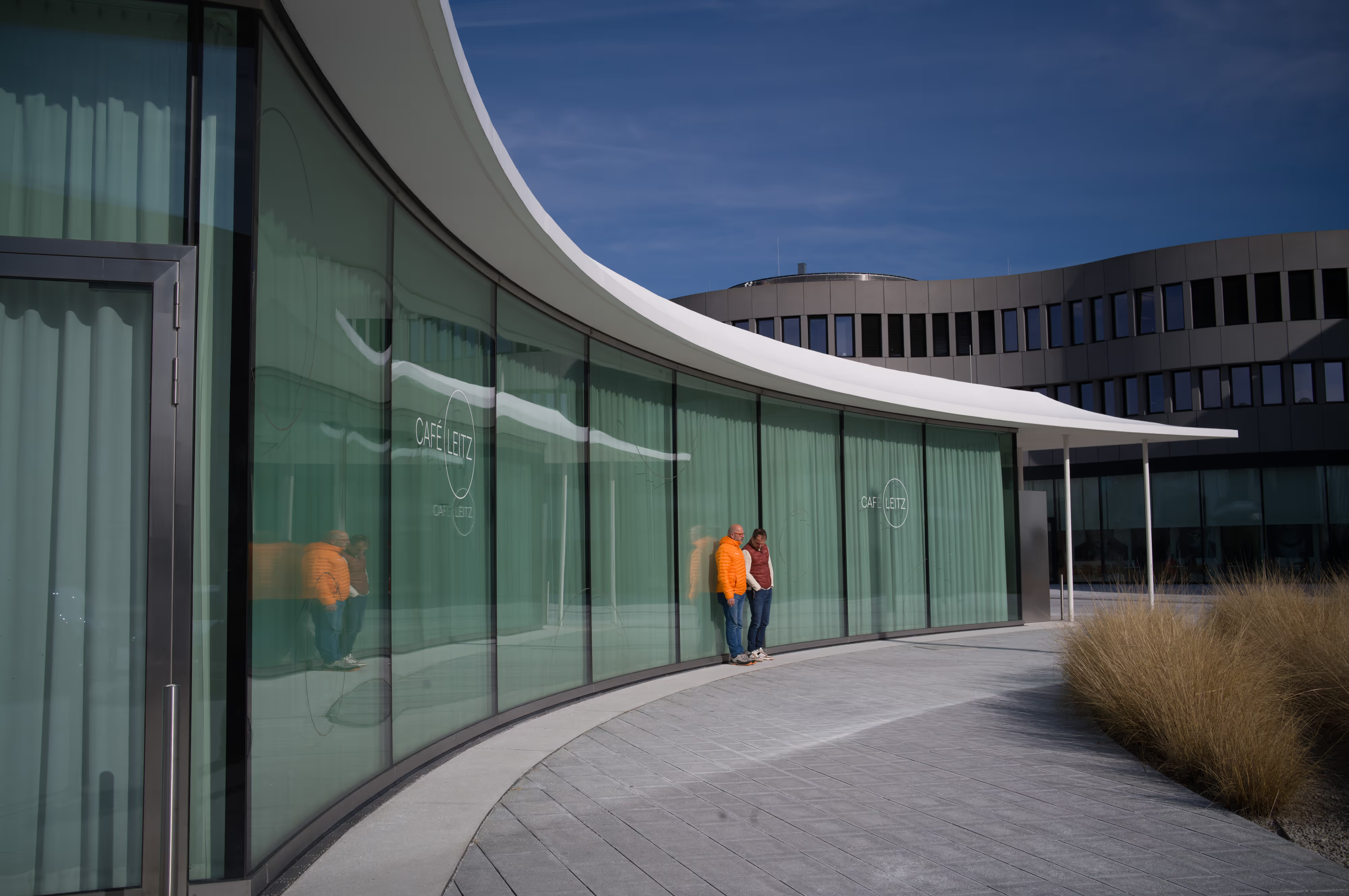
Leitz Cafe
Leica M EV1 with 35 APO Summicron
It has been in beta testing for a long time with various firmware iterations, and the test forums have been full of interesting observations, both for and against the camera. This article is, to a large extent, a result of those discussions and insights, so a big thank you to everyone (you know who you are!) I feel that if we weren’t already friends then we have become friends after the 6 months of testing.
The M EV1 has led me to a spend a lot of time in considering how one operates a camera, between analogue and digital focusing, and contrarily between symbolic and representational information. I’m not sure that it has a huge bearing on the actual photographs, but it is an interesting subject, especially today when there is so much concentration on user-experience with respect to the user interface.

Stormy Weather
Leica M EV1 with 35 APO Summicron
Those who have been advocating such a camera have often thought that it would be valuable for long time M users whose eyesight is not what it used to be, and for whom rangefinder focusing is getting problematic.
I also thought there was a big potential market for younger photographers who have fallen in love with the iconic image of the M cameras . . . but who, when presented with a rangefinder are rather dismayed.

The Flower Jug
Leica M EV1 with 35 Summilux FLE
So, although I hope to cover all the bases in this article, rather than a direct review, it is more a discussion about the idea of an EVF based M, how it is to operate, and who it is actually for.
Note: when I say ‘Viewfinder’ I mean the M EV1, and when I say ‘Rangefinder’, then I’m talking about the traditional M Rangefinder (at least, that’s the intention!)
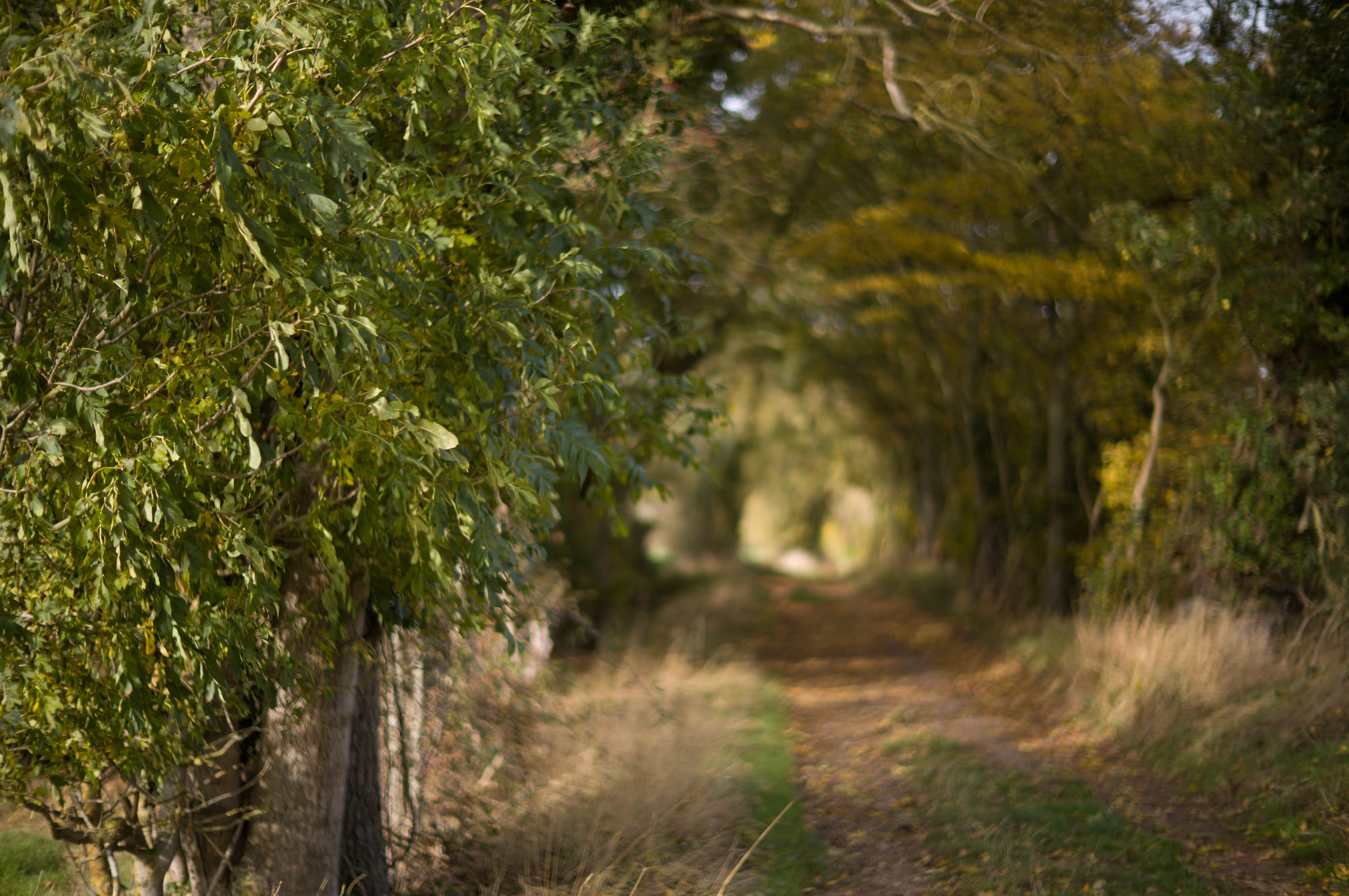
Vanishing Point
Leica M EV1 with 50mm F1.2 Noctilux at f1.2
What's in a Name?
If you Google it you’ll find that M stands for Messsucher which is the German name for a rangefinder. This probably was the case (although Leica have always kept their head down) but it could just as well refer to the M mount of the M cameras.
At any rate, times change, and there has clearly been some serious consideration about what to call the new camera. It was rumoured to be called the M11-V, not the M EV1. Personally I thought E11 would have been a good name, and perhaps it wouldn’t have antagonised the traditionalists quite as much. On the other hand it does rather disconnect it from the M history, which is obviously a bad thing. So, perhaps M EV1 is a good name - implying that it’s the first of a new branch of M camera, and lets hope that it is.

Summer Blues
Leica M EV1 with 35 APO Summicron
Whilst talking of names, the prototype name for the M EV1 has been Elsie, after Elsie Kuhn-Leitz (1903-1985) the daughter of Ernst Leitz II, she was imprisoned by the Gestapo after she was caught helping Jewish women cross over into Switzerland.
She was released after some tough questioning, and later on in the war was again in trouble with the authorities for helping to improve the living conditions of 700 or so Ukrainian slave labourers who had been assigned to work at the plant during the 1940s.

Oranges and Lemons
Leica M EV1 with 35mm Summilux FLE
More than that (well, perhaps less than that!) Elsie was the name of my paternal grandmother, sadly I don’t remember her, but she was a powerful and much loved woman with a mass of curly red hair and it’s nice to be reminded of her existence every time I pick up the camera. If our first child had been a daughter, then she would have been called Elsie as well.

Giorgio
Leica M EV1 with 35 APO Summicron
What is it?
There have been rumours predicting a Leica Q with an M mount ever since the Q arrived on the market in June 2015, but there simply isn’t room within the Q body for a shutter (the Q uses a leaf shutter in the lens) - and the flange distance for the M would make for a very fat lens mount!
So this still isn’t a Q with an M mount , it’s an M camera with an EVF in the place of the rangefinder, otherwise it’s fundamentally identical to a standard M11.
Leica have resisted putting a faux viewfinder window or a logo - or anything else, so the place where the rangefinder window is on the front of an M11 is simply blank. More than that, because of the space needed for the EVF the ISO dial has had to be removed, which will perhaps upset some people - the ISO dial does look lovely, with it’s nod back to the old MP re-wind knob, but honestly speaking, auto ISO with careful settings is always the way to go, making the dial a little superfluous - and if you must be all manual, then setting the ISO in the quick menu is, well, quick! You can also set ISO to the thumbwheel.
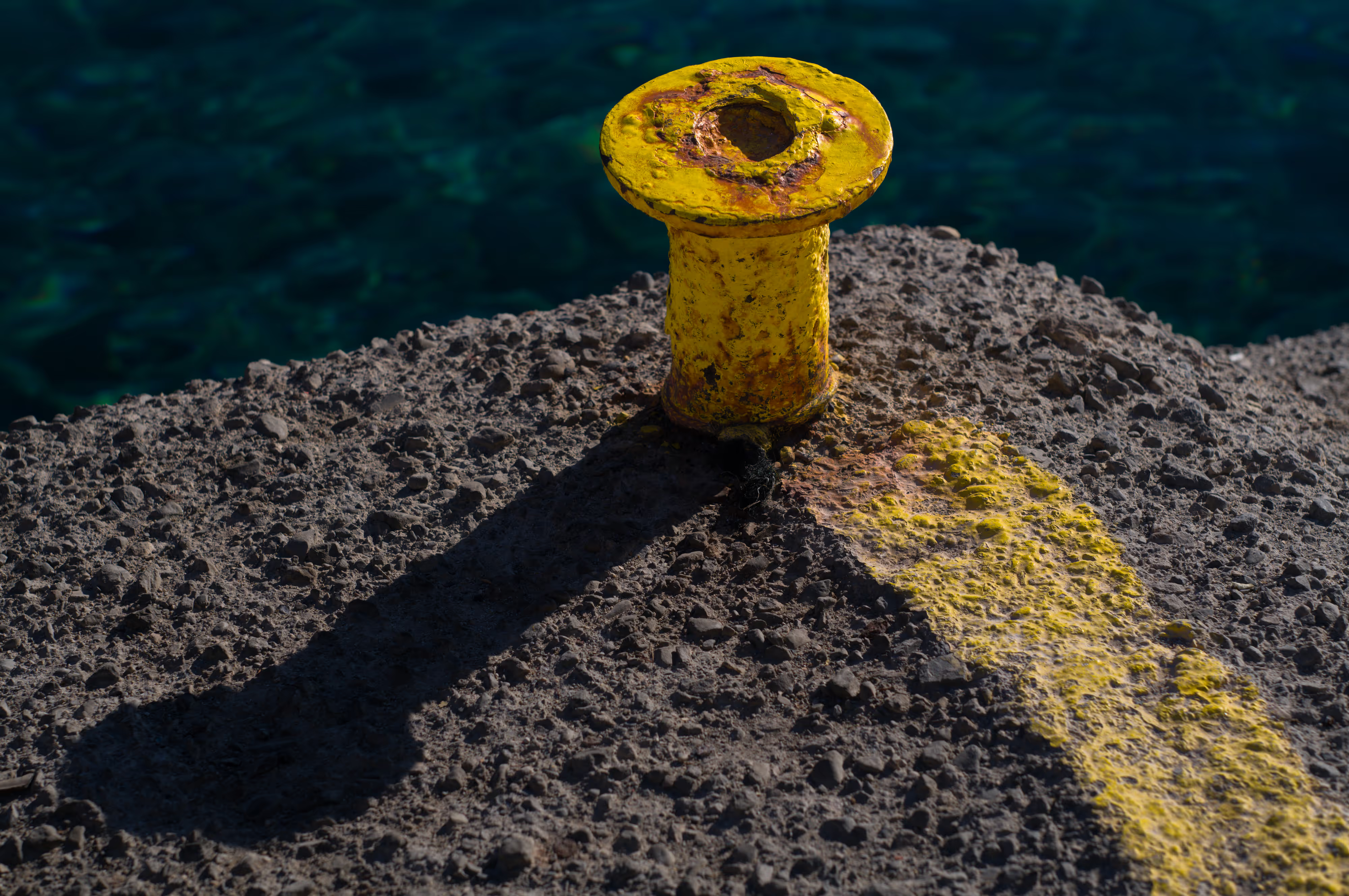
Yellow
Leica M EV1 with 75 APO Summicron
The camera weighs about 45 gms less than a standard black M11, clearly EVFs are lighter than rangefinders. This isn’t a huge amount, but it’s noticeable and significant, as with all M cameras it still feels wonderfully solid and well made.
I think that it’s beautiful. - simple and pure - everyone who I’ve talked about it thinks it’s a lovely thing. The blank front doesn’t sound perfect, but actually it looks really good. There is the red dot, and the round window which estimates the aperture and the square red window for the self-timer.
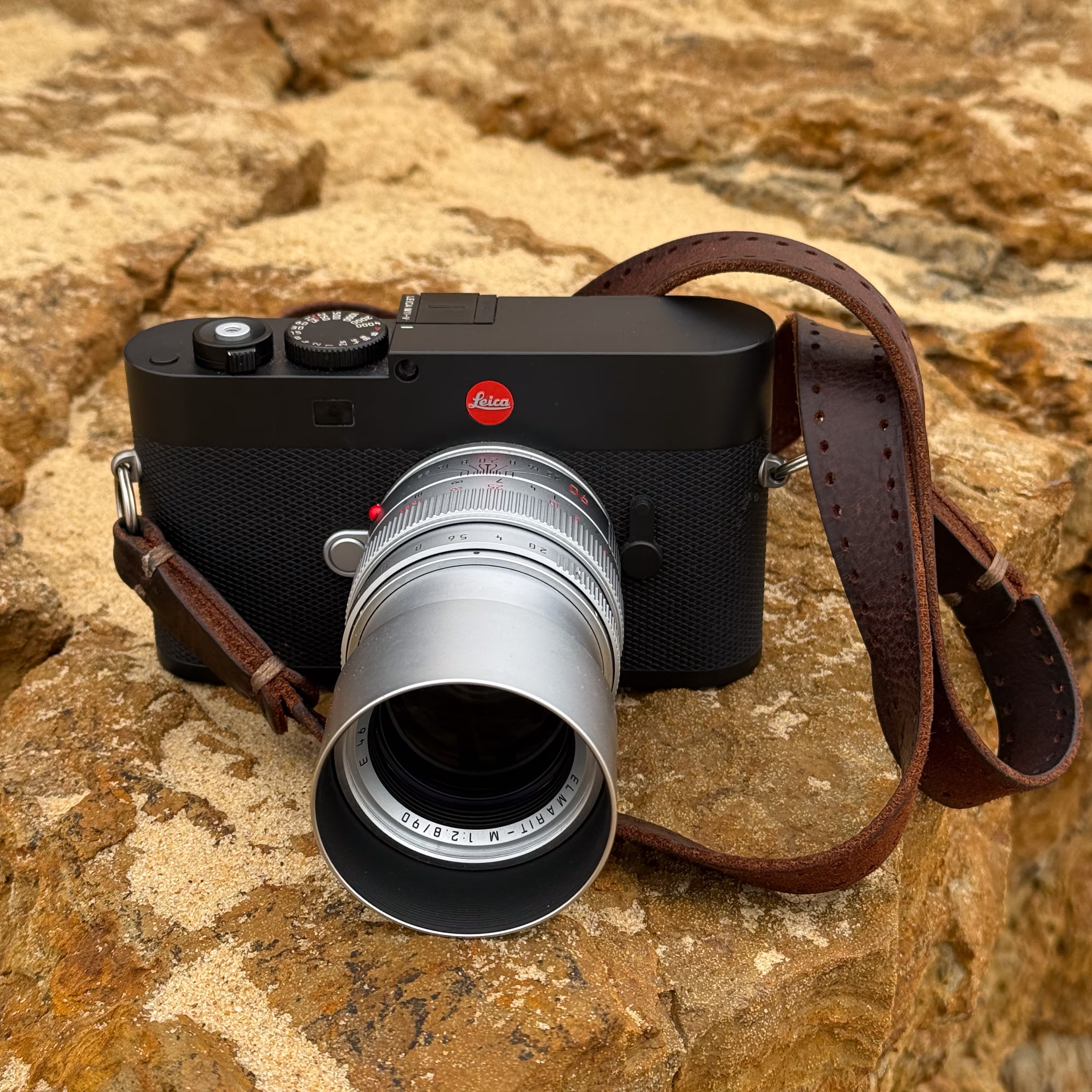

The Leica M EV1 with the 90mm Elmarit M
iPhone 16 Pro Max
Bucket of Colour
Leica M EV1 with 35 APO Summicron
The only other difference is the frame line lever which has converted into a double function device. This can be configured each way for either Focus Peaking, Magnification or Digital Zoom - or it can be turned off. As with the other functions holding it down for a period allows you to select which of the available options becomes the default; This can also be saved in the user profiles.
The M EV1 has Content Credentials as the Leica M11-P, but is otherwise more like the standard M11, with 64Gb of internal memory and a normal Gorilla glass toughened rear screen (it seems pretty tough to me, six months of my use and there are no scratches or scuffs on the screen).
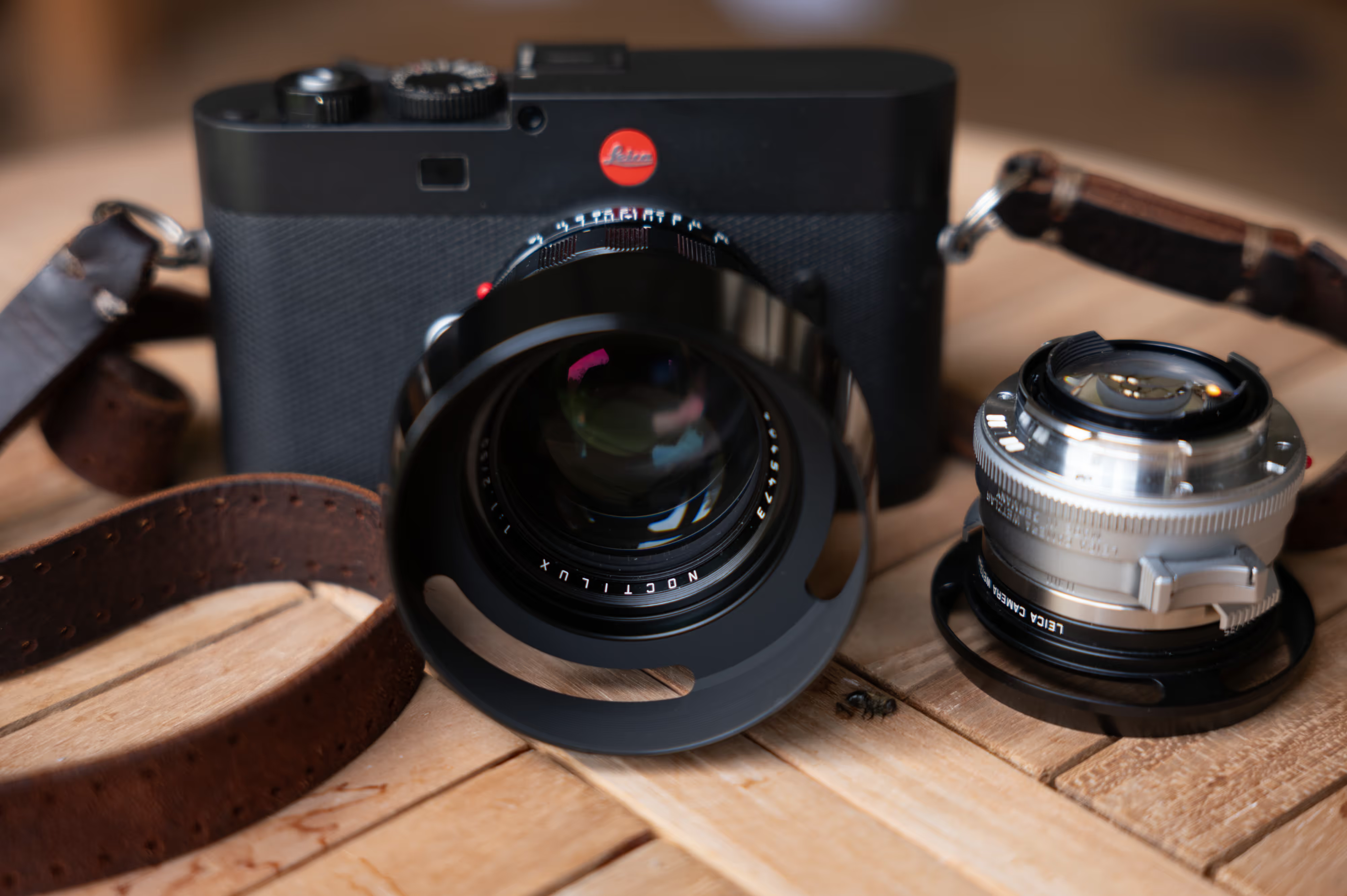
Classic and Modern
Leica SL3 with 28-70 f2.8 Vario Elmarit Asph
If you would like more information about the M11 in general, then you could look at my M11 article from January 2022:
For more on Content Credentials there is my article on the M11-P here:
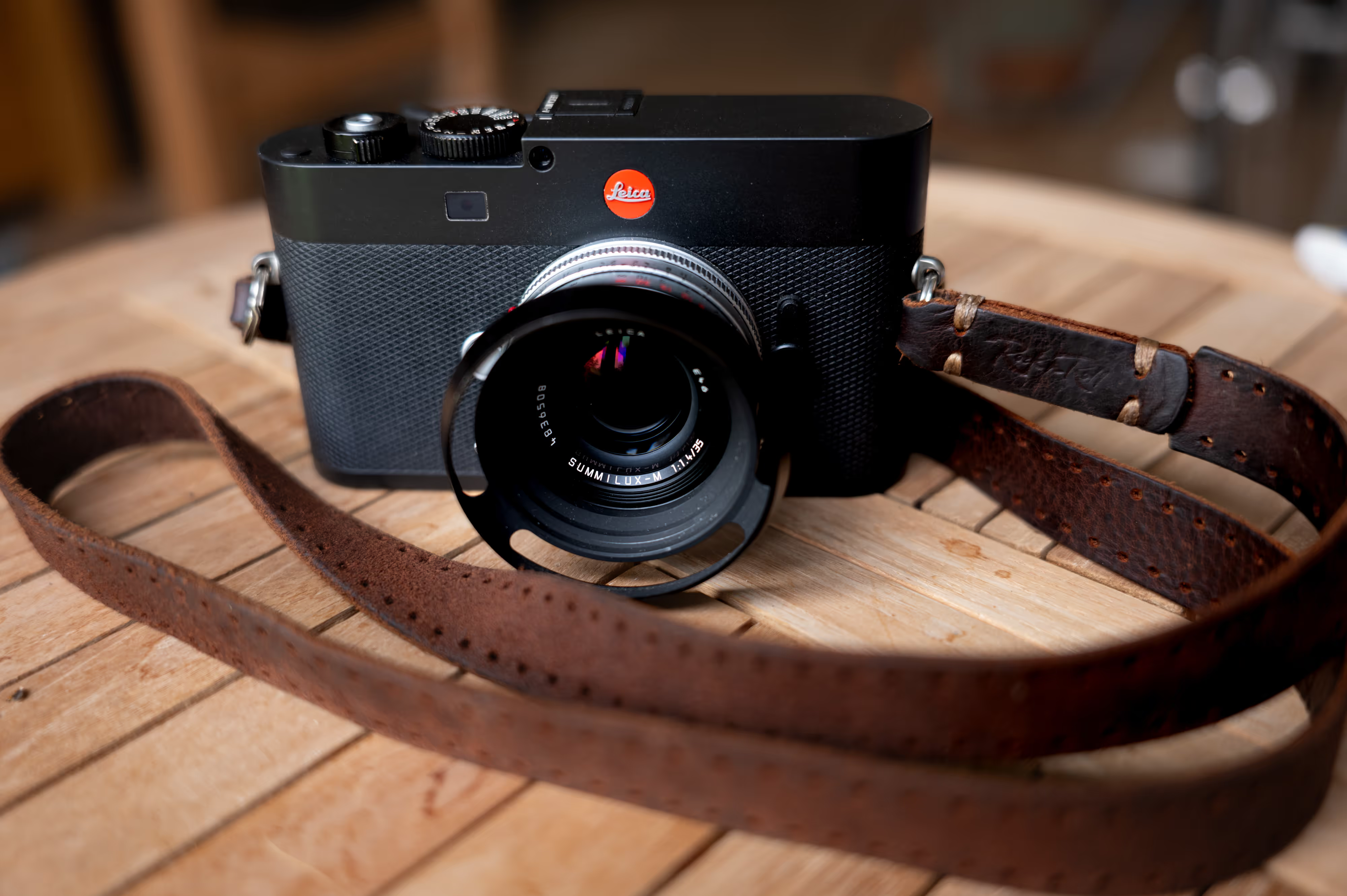
M EV1 with the 35 Steel Rim reissue and the Perfect Rock & Roll strap
Leica SL3 with 28-70 f2.8 Vario Elmarit Asph
The EVF
The Visoflex 2 has an OLED monitor with 3.68 million dots and a 0.73x magnification, whilst the EVF of the M EV1 has 5.76 million dots and a 0.76x magnification. The refresh rate is 60 fps,.
The specification of the electronic viewfinder makes it seem likely that it is the same as found in the Q3. At any rate, apart from the tilting of the Visoflex 2, the monitor in the M EV1 is better in every way.
The viewfinder window and the dioptre adjustment button/dial look like the Q3 although the housing had to be adjusted to fit the M camera. The dial pops out for adjustment when you give it a push, it has a range from -4 to +2 and will be a very welcome addition for glasses wearers.
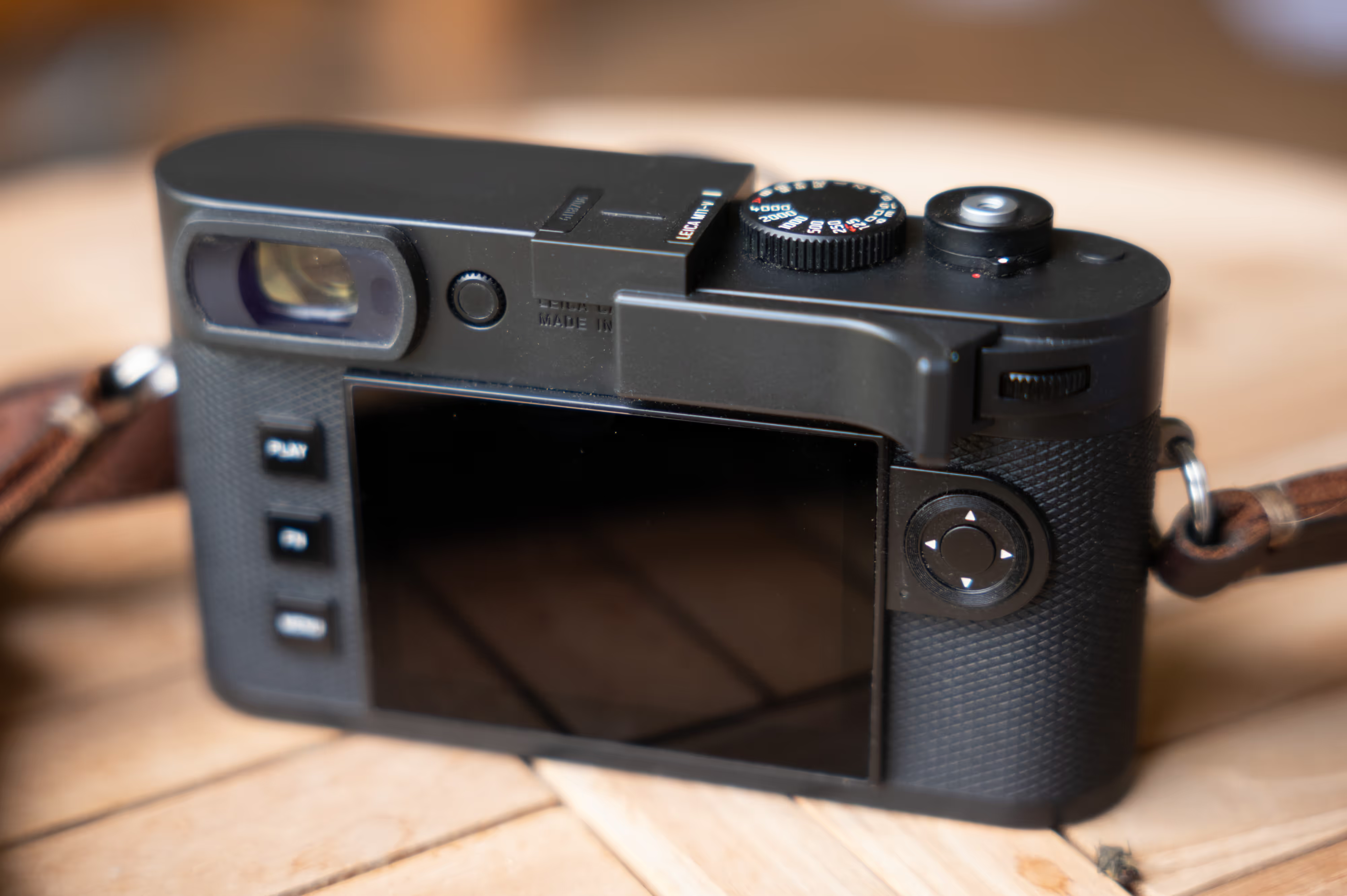
Rear view with the excellent Leica thumb grip
Leica SL3 with 28-70 f2.8 Vario Elmarit Asph
New in Firmware 2.6.0
The M Ev1 comes with firmware version 2.6.0 this update doesn’t just relate to the M EV1, but will be available today in a firmware update for all the M11 variants.
This firmware has a number of bug fixes, mostly to do with stability. In addition there are three important changes:
Dust Protection via Leica FOTOS app
This is something which can now be activated via FOTOS, it had been requested by a number of users, especially those using the M11-D
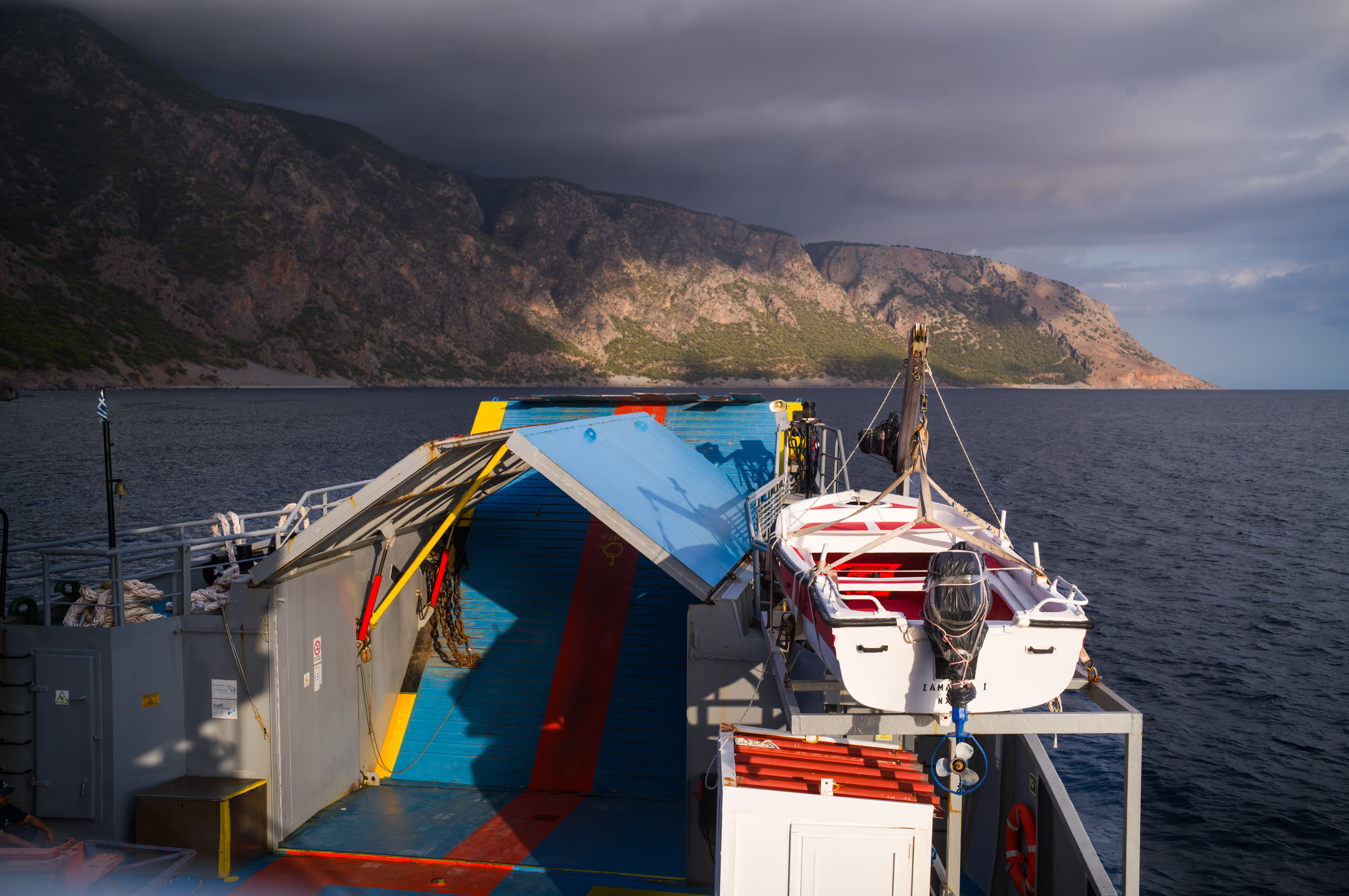
A Storm in the Mountains
Leica M EV1 with 35 APO Summicron
Lens List Editing
You can now edit the lens list even if you have a coded lens attached (which you could not before).
In addition to this, if you edit the lens list it will be available to all profiles. There was a bit of heart searching about this, because most camera settings can be assigned to profiles individually. (So that you could assign a different list to each profile). Trouble was that’s a bit of a balls-ache if you add a new lens and need to update all the profiles - and so Leica decided (quite rightly) that one would want all the uncoded lenses available in all of the presets. Better than this, if you save the user profiles to disk, then the lens profiles are also saved.
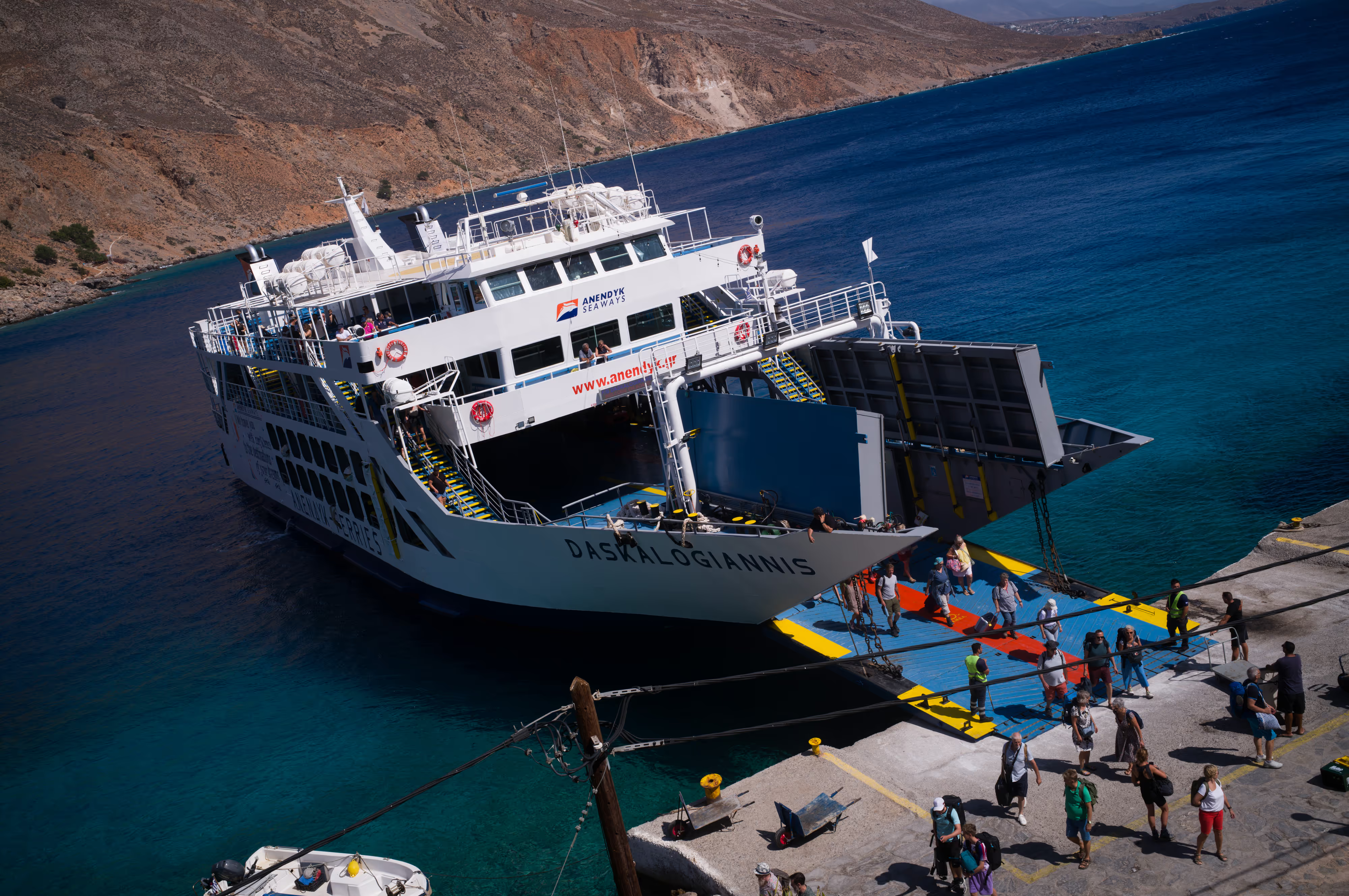
New Arrivals
Leica M EV1 with 35 APO Summicron
Turning your grey skies Blue
(or your magenta skies green or yellow)
There have been some complaints about magenta tint with all the M11 variants: Although I thought it would be good to have a solution to this problem, I also felt very strongly that you can’t just change the colour on a camera 3 years after it’s been released.
Most photographers (even if they were not sure in the first place) will have developed a workflow to make the colours that they like; Personally I’m really happy with the colours - I accept that there is more magenta in grey skies than is usual with competitive cameras, but I feel that Leica is closer to the truth and other cameras have too much cyan!
Leica have come up with a really elegant solution to this problem. The white balance in your camera will not change . . . . unless you decide to change it!
There two new options in the White Balance Menu;
White Balance Adjustment . . . on/off
White Balance Adjustment
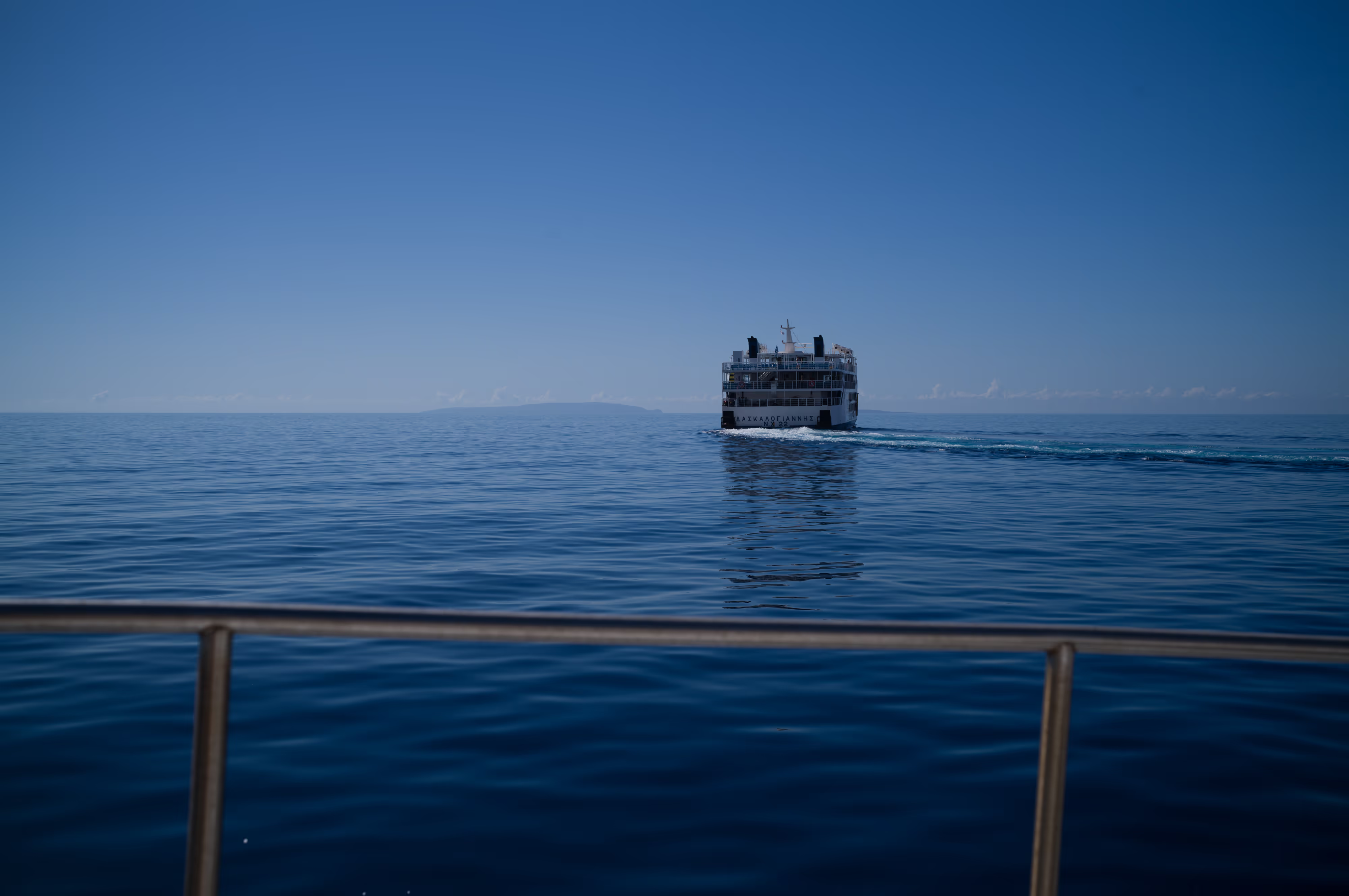
Sailing Away
Leica M EV1 with 35 APO Summicron
Choosing the second option with the first switched on allows you to move between green and magenta on the vertical axis and yellow and blue on the horizontal (reflecting the Tint option in Lightroom). You can use the touchscreen to move the sliders and a double tap centres it again.
Using Daylight (sunny) and changing white balance 15 clicks towards green (from magenta) will change the tint value in Lightroom from +22 to +15.
This change is applied to both fixed white balances (daylight for example) and Auto White Balance. Better than this, you can make specific changes for different User Profiles. I have one for Landscape and one for Portrait (where the original base WB values are such a triumph).


Poppies at Aghios Pavlos
Leica M EV1 with 35 APO Summicron
Blue Pillar
Leica M EV1 with 75 APO Summicron
Of course this also allows you to create your own colour profiles, which are transferred to DNG and Lightroom whether you want vivid or muted (or something wild). You could even save different sets of profiles for different circumstances, export them to disk and re-import them when required.
Although the initial impetus for this change might have been dissatisfaction from users about the magenta, Leica have taken this seriously and produced a really useful new feature .
White Balance Adjustment will also be available via FOTOS.
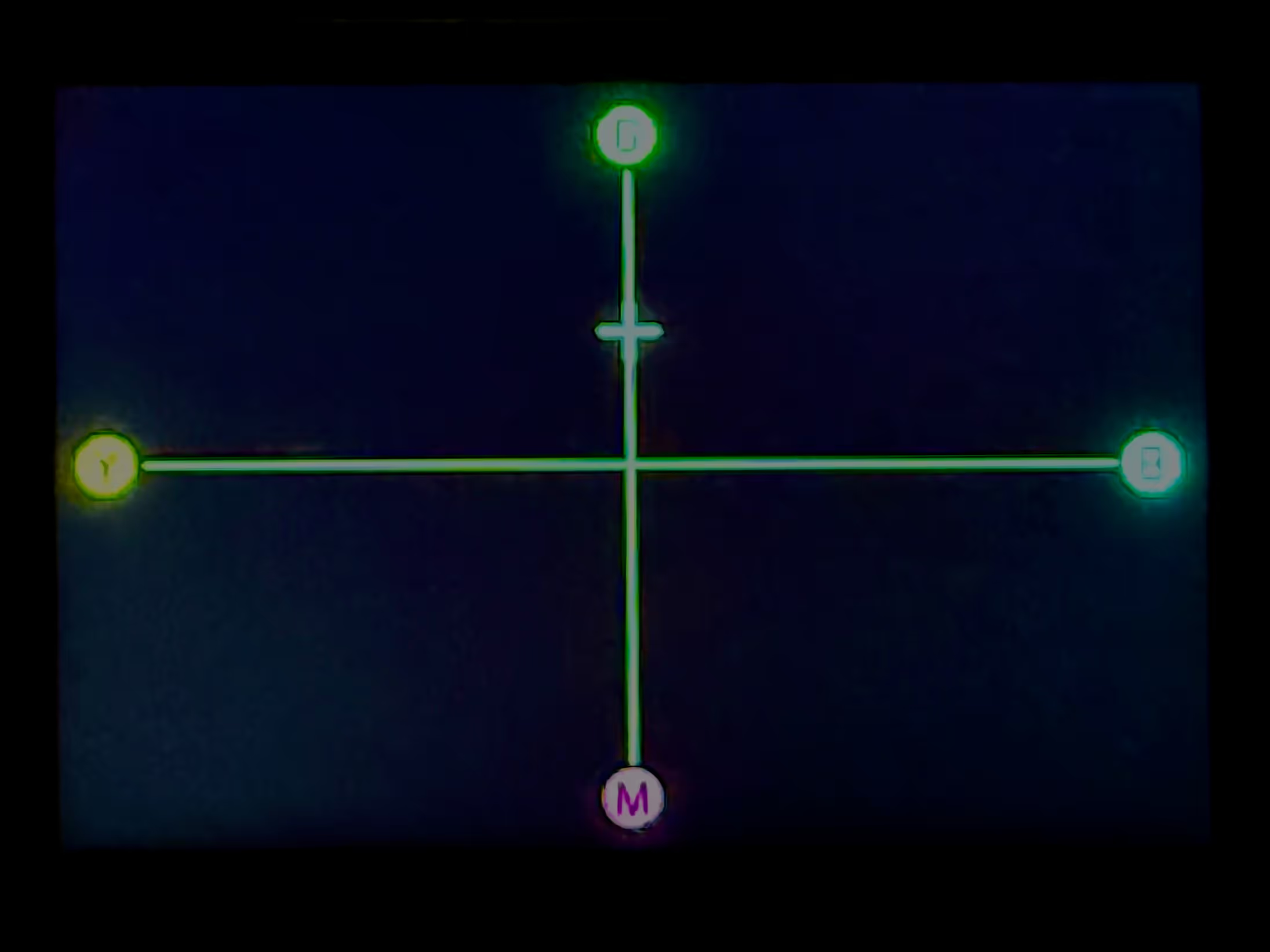
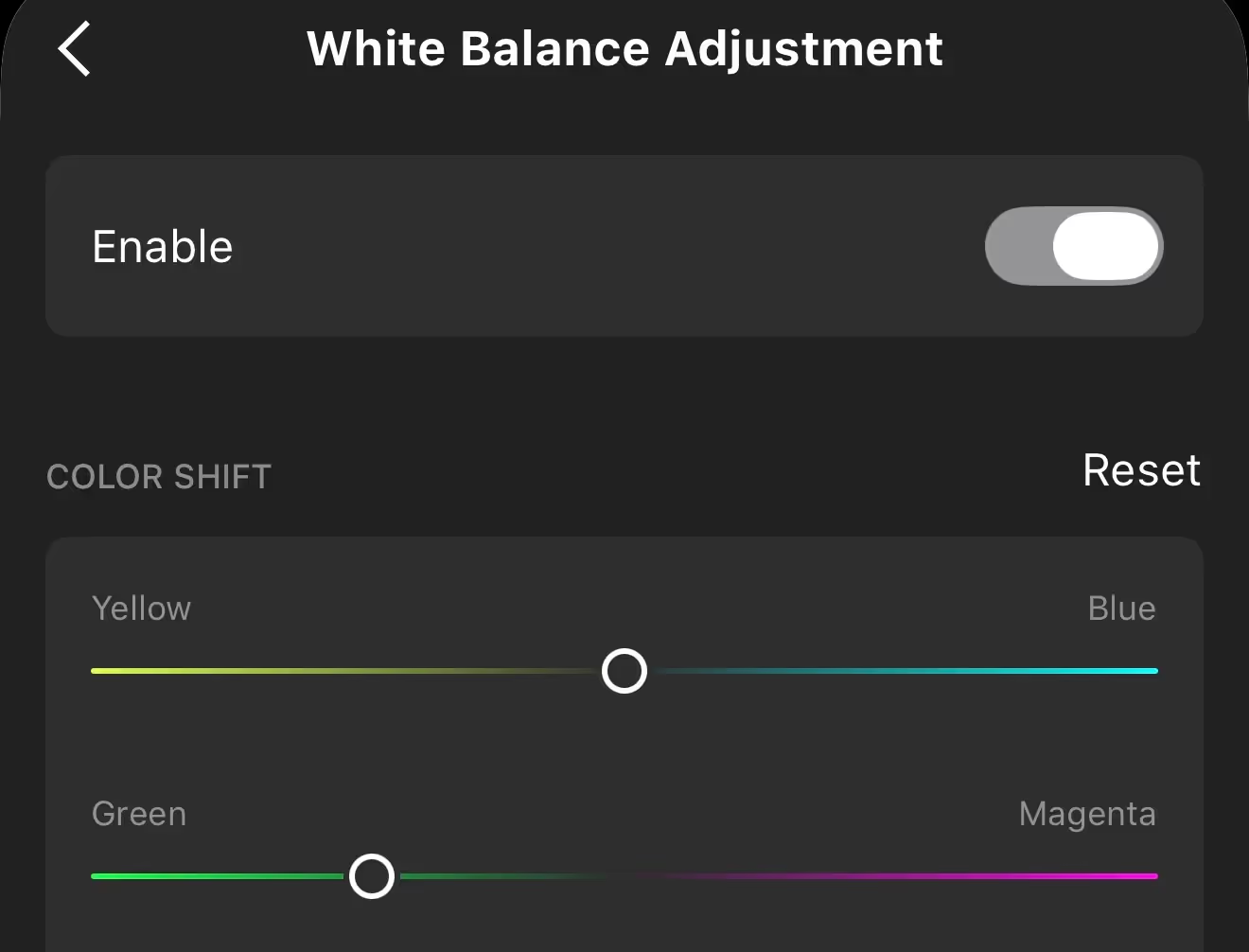
White Balance Adjustment in camera
White Balance Adjustment in FOTOS (same settings for each)
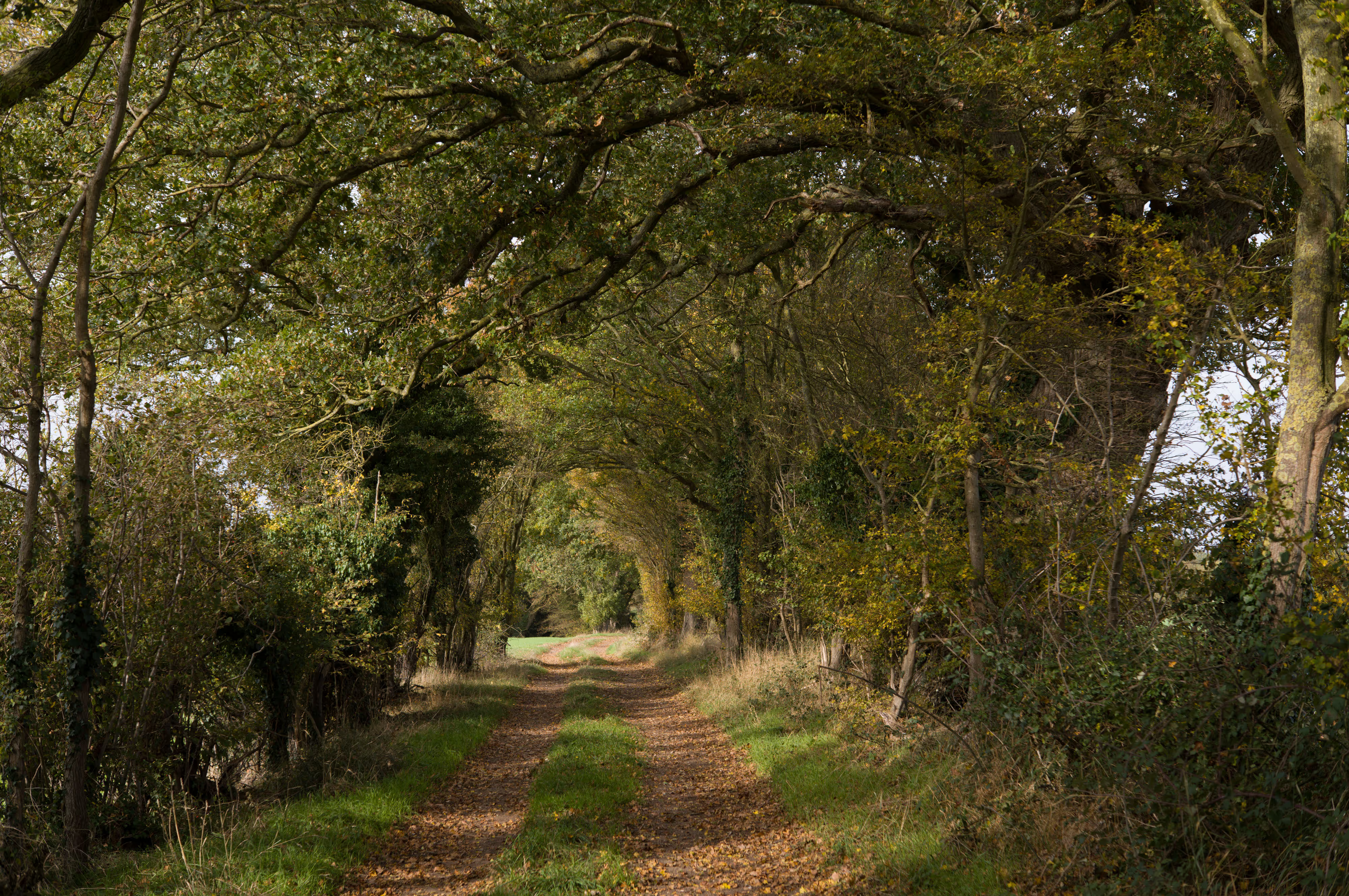
Autumn in Bier Lane
Leica M EV1 with 50mm f1.2 Noctilux at f8
Focusing with an EVF vs a Rangefinder
This is a really big subject! What is certain is that in different circumstances the different methods have different advantages (or disadvantages).
Symbolic or Representational?
Normally one would think of the traditional rangefinder as being ‘analogue’, the actual focusing is done by maths and mirrors, mechanics and machining, and is very much symbolic. It will always give you a result, with any lens, but without reference to the aperture.
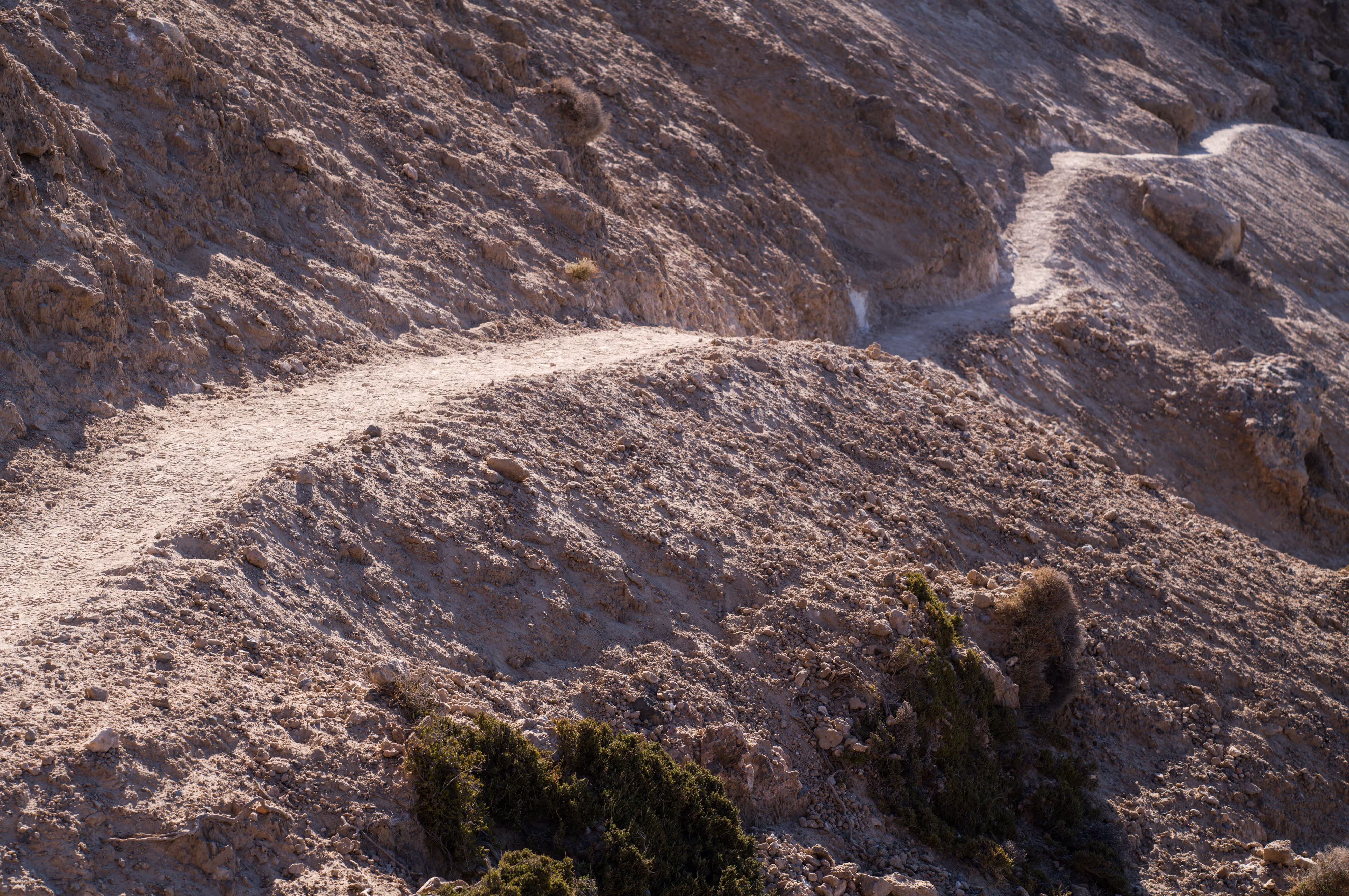
The Long and Winding Road - Don't Slip!
Leica M EV1 with the 75 APO Summicron
The Rangefinder
Whilst it always seems almost miraculous how accurate it is, using a rangefinder can become challenging with very fast lenses when wide open (the Noctiluxes for instance). Generally speaking as you stop down, and the depth of field gets greater, the rangefinder becomes more and more reliable.
The other issue is wide angle lenses where the rangefinder window doesn’t cover the whole of the image area, and telephoto lenses where the image is only a tiny part of the rangefinder window. On the other hand, of course with longer focal lengths this allows you to ‘see around’ the subject outside the framelines.


And So?
Leica M EV1 with 75 APO Summicron
Oh Really?
Leica M EV1 with 75 APO Summicron
The EVF
The EVF on the other hand is a proper representation of what is, and what is not in focus. What’s more it shows you exactly what you are going to get in the final image; you have an accurate representation of the exposure and also the depth of field (unlike most mirrorless cameras, with the M EV1 you have stopped down metering).
Also, there are the focusing assistants; Focus Peaking, Magnification, and if you want to ‘look around the subject’ for a small sacrifice in megapixels you can use the digital zoom to put framelines in the viewfinder, and for those of us with aging eyes there is a diopter adjustment for the viewfinder.
Full frame: 60mp1.3x crop: 39mp1.8x crop: 18mp
It seems like a bit of a no-brainer:
EVF Advantages
Rangefinder Advantages
1. Seeing the whole Image
2. Seeing the depth of field
3. Seeing what is in focus
4. Seeing the exposure
5. Dioptre Adjustment
6. Ability to use framelines in crop mode
7. Focus Peaking
8. Magnification
9. Focusing accurately wide open
1. Seeing around the subject
2. Fast, easy focus confirmation
3. Seeing the natural light
4. The Wonderful Heritage
The Death of the Rangefinder?
In the face of all that, it’s hard not to believe that M users will all quickly get themselves M EV1 cameras and that will be the beginning of the end for the traditional rangefinder.
Will those on the forums who are so steadfastly opposed to an EV M be quickly converted?
Of course, like most things it’s nothing like that simple; the reason the rangefinder is still popular after nearly 75 years is not just a function of nostalgia or a desire for beautiful objects.
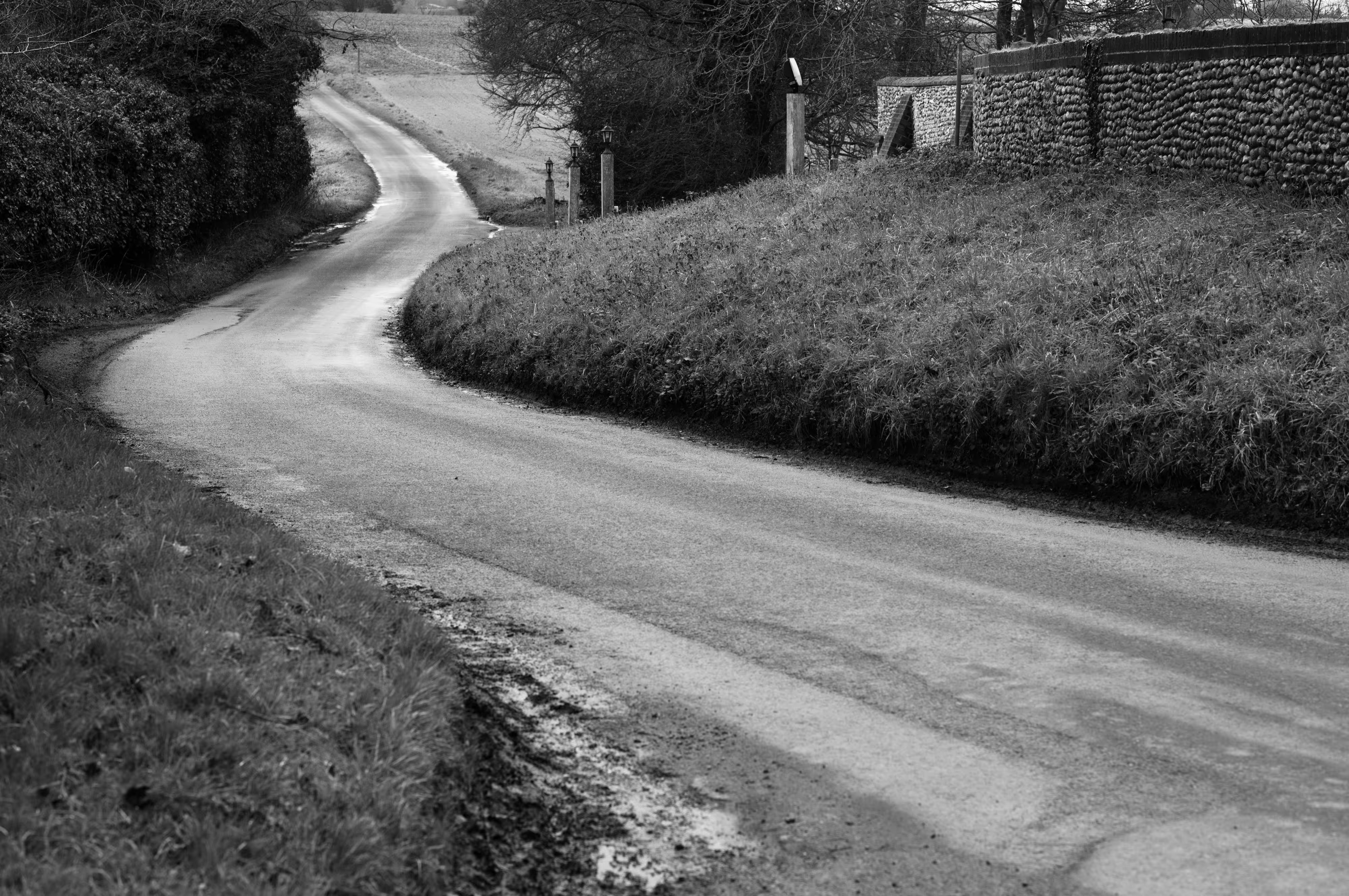
The Long and Winding Road
Leica M EV1 with 90mm f2.8 Elmarit M
Seeing around the Camera
That’s it, with a rangefinder you see around the camera, not through it. I guess some would call it ‘getting the camera out of the way’. With a rangefinder M you feel involved with your subject, not with your camera.
Before the M EV1 I might have imagined that the reason for this was because the viewfinder window was on the top left, so (if you are ‘right eyed’) you can look at the subject with your left eye, which, indeed, you can, with both cameras. But it isn’t the same - using one eye to look through a magnified (or de-magnified) image in the M EV1 and the other to look at the world just doesn’t really work.


Unbolting the sun
Leica M EV1 with 90mm Elmarit M
John In Blue
Leica M EV1 with 35 Summilux FLE
Speed of Focusing
Whilst getting accurate focusing wide open is easier with the electronic viewfinder you will generally need to zoom in (one button press) to confirm the focus, in lots of situations that isn’t too much of a problem, but it isn’t quick and it disturbs the bit of one’s brain which is doing the composing.
That’s wide open - if you stop down a bit with the M EV1 it can be very hard to see what is in focus and what isn’t, whereas with the rangefinders symbolic rectangles this is still just as fast and easy.


Peugeot
Leica M EV1 with 35 Summilux FLE
Canary Bird
Leica M EV1 with 35 Summilux FLE
In fact, the focusing is always faster with the rangefinder, this is especially the case with wide angle lenses with a big depth of field, where it can be really hard to see where the optimal point of focus is with the EVF, but it’s also true of standard lenses, again, especially if you stop down a bit.
Of course, you can always zone focus with either camera, perhaps interestingly this is not something I ever do with the traditional rangefinder (I always think it’s easier to do it ‘properly’), but I have found myself using it a bit with the M EV1, probably because it’s hard to focus when the lens is stopped down.

The Lovely Ladies of Brane Moor
Leica M EV1 with the 35 Summilux FLE
Testing Elsie, and talking about it amongst the other testers has made me really understand what a wonderful thing the rangefinder is, it is fast, involves you with the subject and it gets the camera out of the way, and although you can focus more accurately with an EVF it certainly takes longer and has an effect on the spontaneity.
It’s an interesting thought that SLR cameras which quickly outsold rangefinders in the 1960s disappeared almost completely as soon as decent mirrorless cameras came on the scene, but I’m sure that the optical rangefinder is here to stay.

Beer and Bikes
Leica M EV1 with the 35 Summilux FLE
So, what about the M EV1?
Well, in fact it’s a fantastic camera, with lots going for it, but the one thing it isn’t, is a replacement for a rangefinder camera.
I guess perhaps it’s not the right camera for street photography, or for photojournalism; situations where things happen fast and your subject is moving about.
On the other hand, when things aren’t happening fast, and you have time to take advantage of the excellent focus assistance options then the M EV1 really comes into its own.
I’ve been using it a lot with the WATE (Wide Angle Tri-Elmar 16-18-20) the 35mm APO Summicron and my 90mm f2.8 Elmarit M. This is a nice tidy kit covering all the bases - and of course the image fills the viewfinder, whatever the focal length.
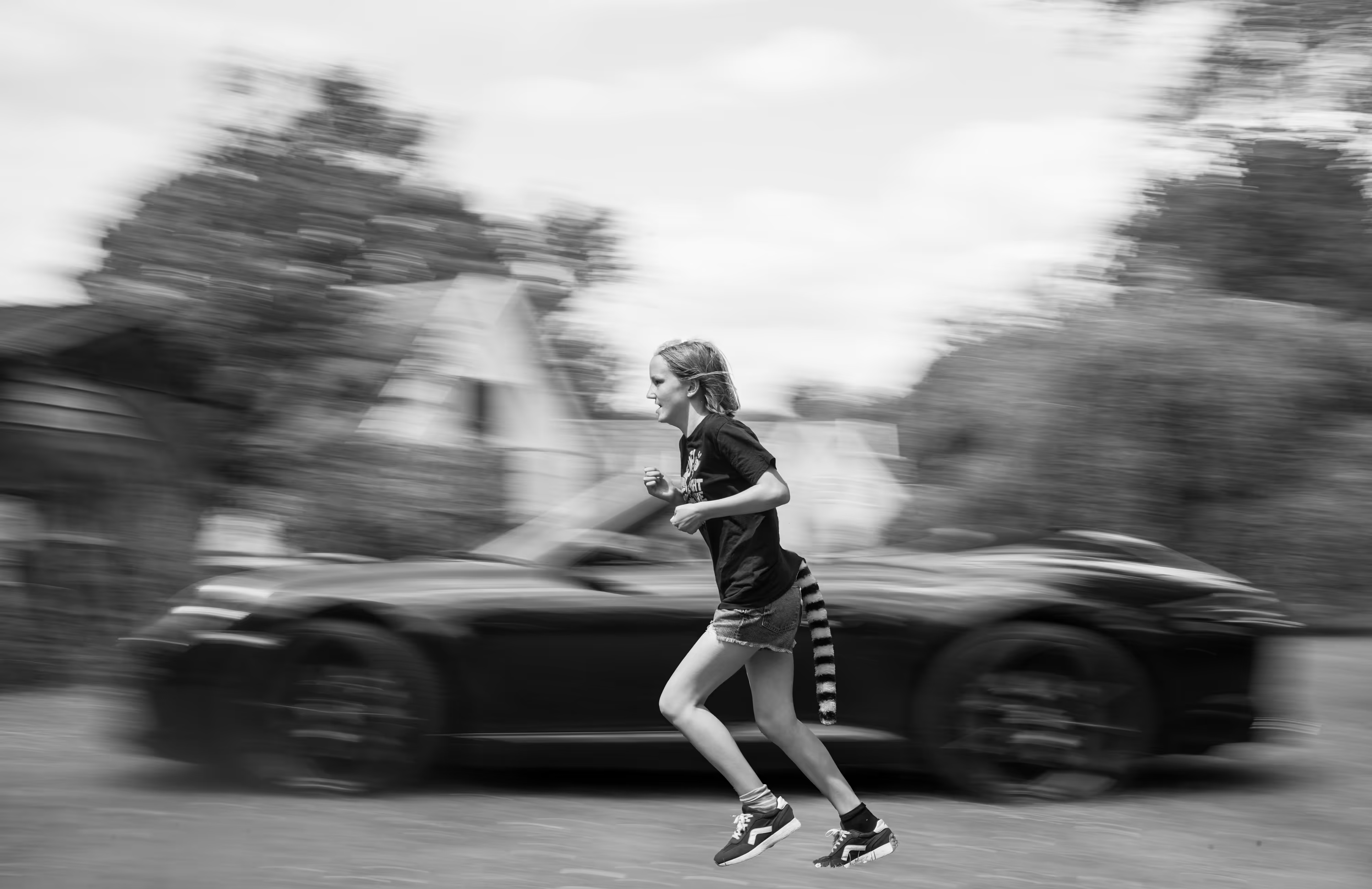
Faster Faster
Leica M EV1 with 35 APO Summicron
For what it's worth! This is a composite of 2 photographs rather than post processing blur.
Real World Shooting with the M EV1
For our recent visit to Crete I shot almost exclusively with the M EV1, using the WATE, the 35 APO Summicron and my all-time favourite lens, the 75mm APO Summicron.
It was a really good experience, and, for this kind of shooting, better than using an M11, and that’s even with my years of practice with a rangefinder. I used the 75 a lot for close up images, and also for people in restaurants and bars. Considering that you can crop so well with 60MP it effectively gave me a focal range from 16mm to 135mm in 3 lenses.


Tethered
Leica M EV1 with 35 APO Summicron
Aghios Pavlos Poppies
Leica M EV1 with 35 APO Summicron
I also used it at a wedding, and for some family group photographs and it performed really well in both circumstances (although there were fast moving situations where an M11 would certainly have been better.)
I’ve also been using it for close up photography, notably with the lovely 35 APO Summicron, where the rangefinder of the M11 is limited to 0.7 metres and the lens will focus to 0.3 metre.

Aghios Pavlos
Leica M EV1 with Wide Angle Tri-Elmar at 16mm
Elsie and the SL3 for M lenses
I spent a weekend shooting the SL3 with M lenses (to see how that compared to Elsie)
Of course the SL3 is almost 400 gms heavier than the M EV1, which is certainly not insignificant (indeed, nearly twice as much). Being able to use the joy stick is a positive advantage and the eye point of the viewfinder means that the image looks bigger than the M EV1. . . . . . . . . and you can always stick on an AF lens . . . . . . and you save a couple of grand as well!
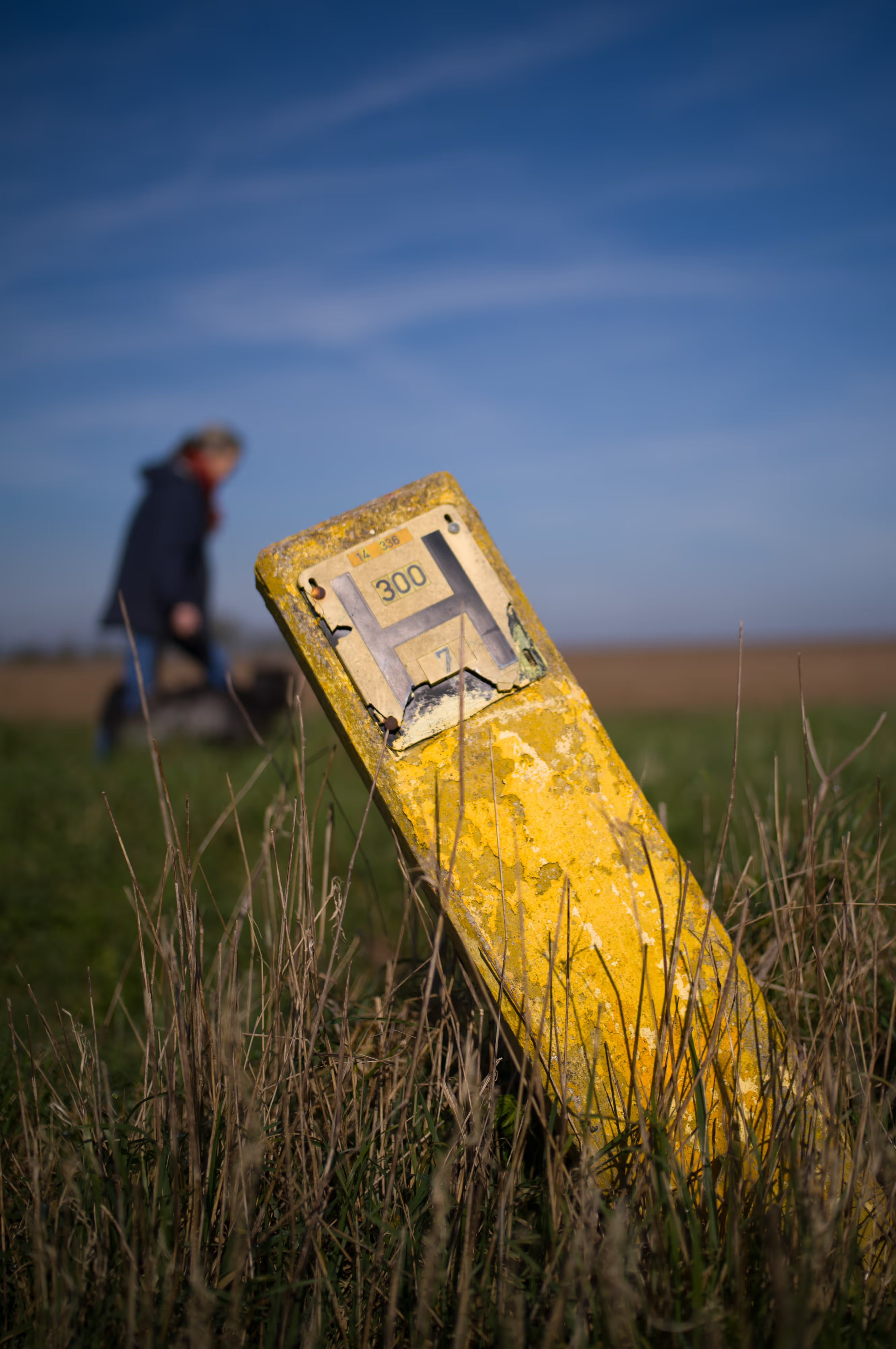
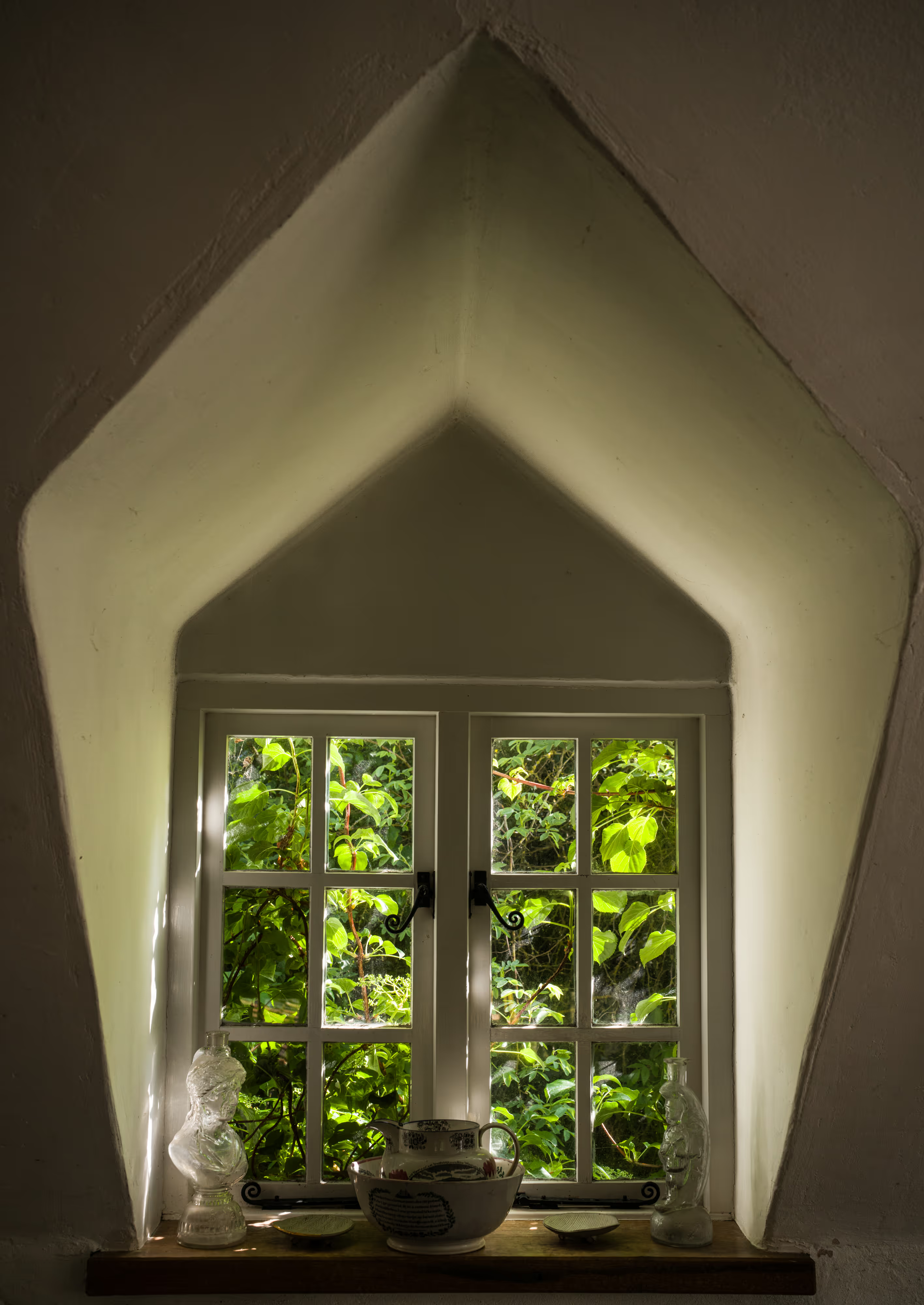
Emma and the Yellow Hydrant
Leica M EV1 with 35 Summilux FLE
Hydrangea
Leica M EV1 with 35 Summilux FLE
The SL3 has image stabilisation, but I really haven’t found this a problem with either the M11 or the M EV1, If there might be an issue then I use auto-ISO, Aperture priority and set the shutter speed limit to 1/(4f) so that it’s 4 times the focal length. I really don’t have an issue with camera shake.
I use the SL3 quite a lot, but truth be told I almost never use M lenses on it, because . . . why? There are so many good Auto Focus lenses for the SL system.
This has been an interesting experiment, but it hasn't changed my opinion of the M EV1, which I think is a great idea and which lots of people will really love.


Serious
Leica M EV1 with 35 Summilux FLE
Cutting the Cake
Leica M EV1 with 50 f1.2 Noctilux
So - Who is it for?
A couple of years ago I wrote a memo to Leica about the possibility of a Leica with an EVF: I identified two demographics. The obvious groups were oldies (like me) who find rangefinder focusing difficult (not me yet!), and for younger photographers who fancied an M, but were not enamoured with the idea of getting to grips with a rangefinder.
After 6 months my feelings have changed a bit and I think it’s much more complicated. Certainly I’m still sure it will be popular with new Leica users who don’t feel like learning how to use a rangefinder.
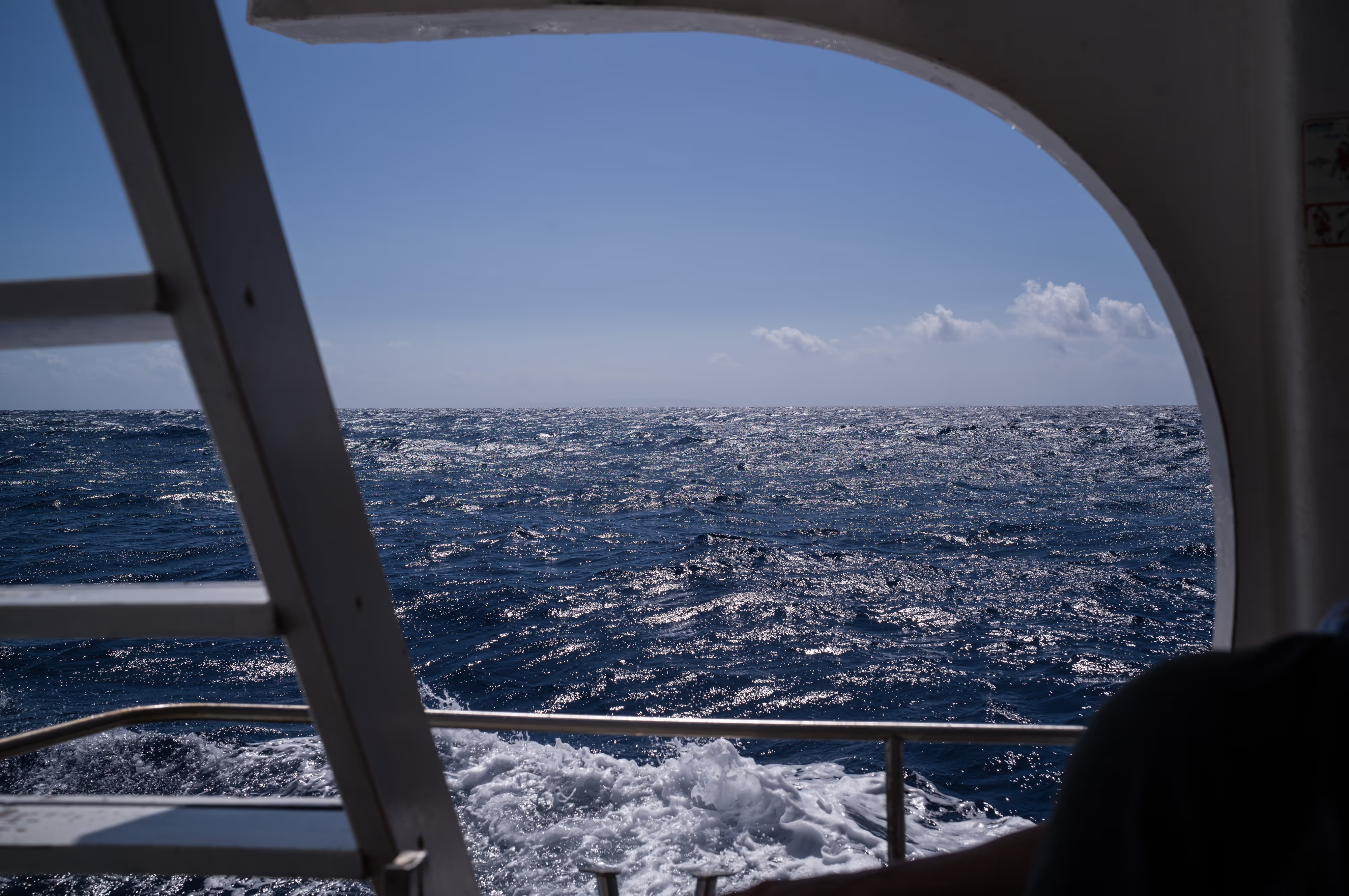
Blowing up a tempest
Leica M EV1 with 35 APO Summicron
I’m not so sure it’s the right answer for those who are finding it difficult to focus a rangefinder, I guess if they have found the Visoflex 2 to be easier, then this will be better still, but I’m not so convinced there is a way to make manual focus easy with poor eyesight; maybe it’s time to buy a Q3? (Or better still a Q3 43).
On the other hand I think it’s a wonderful camera for travelling with a diverse set of M lenses, fantastic for portraits and perhaps wedding photography as a companion for an M11.
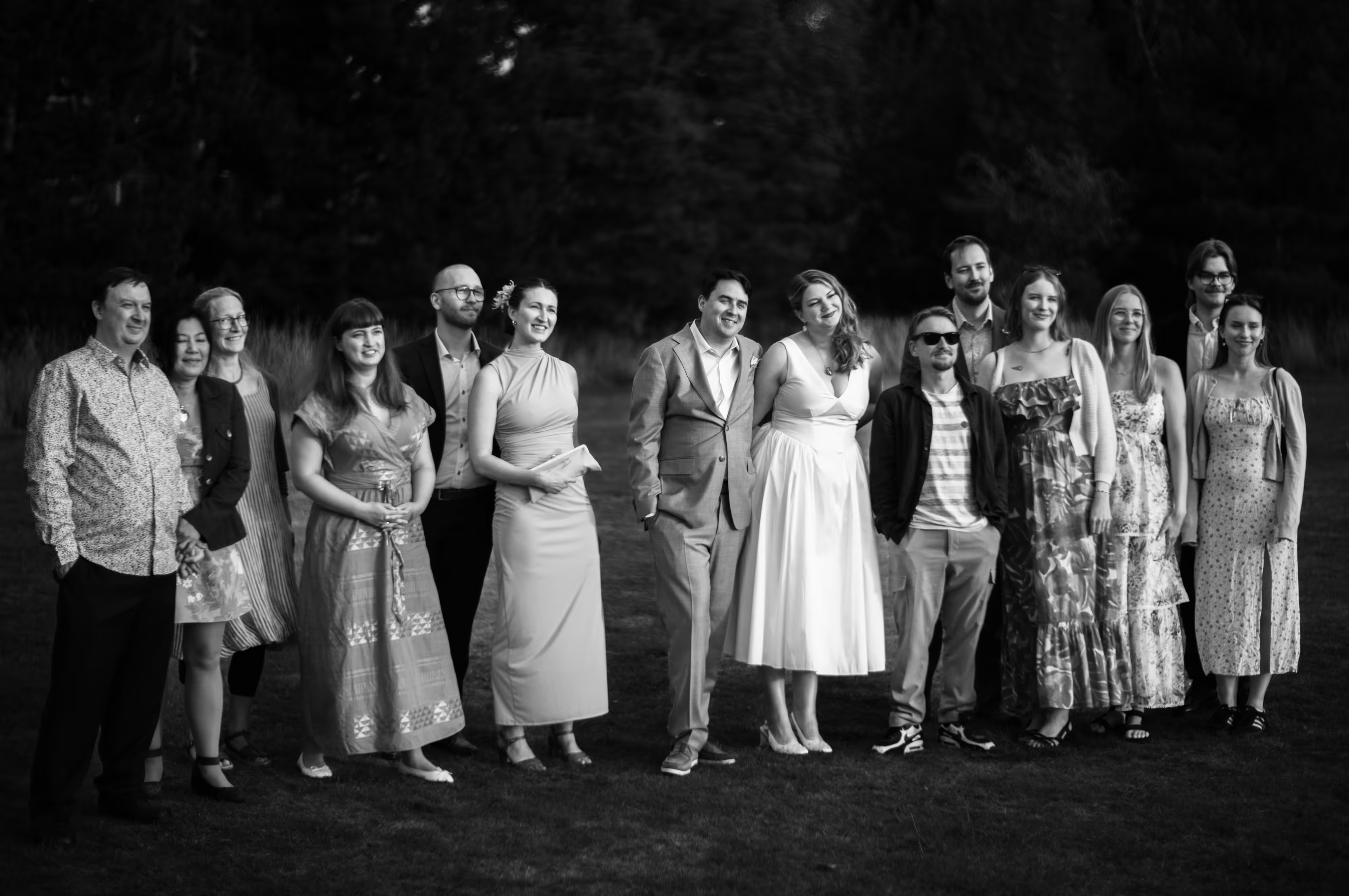
Family Gathering
Leica M EV1 with 35 APO Summicron
The Future
Clearly this is a first step, Leica have taken existing technology and created a new camera. It’s a great deal more than just an M mount camera with an EVF, and as I hope you’ve gathered from all this blathering it really is a different thing from a traditional M camera.
There are lots of things which could be included in such a camera in the future, the obvious thing being some form of focus confirmation. The technology certainly exists for this, but how to do it is much more interesting and complicated. Perhaps a rectangular section like the existing rangefinder, or maybe a confirmation light, or arrows.
I hope there will be further Leica M EV cameras, but I also hope that they will stay close enough to the rangefinder versions to be used as complementary cameras rather than as competitive ones.
One thing is for certain - as Stefan Daniel says in the fascinating interview with
Chats & Bill (in links below)
"
Leica is currently working on new evolutions of the opto-mechanical rangefinder. We are merely listening to our valued customers and responding, but we will never give up on seventy years of storied Leica M history"
Nobody needs to fear that this is any kind of slippery slope!
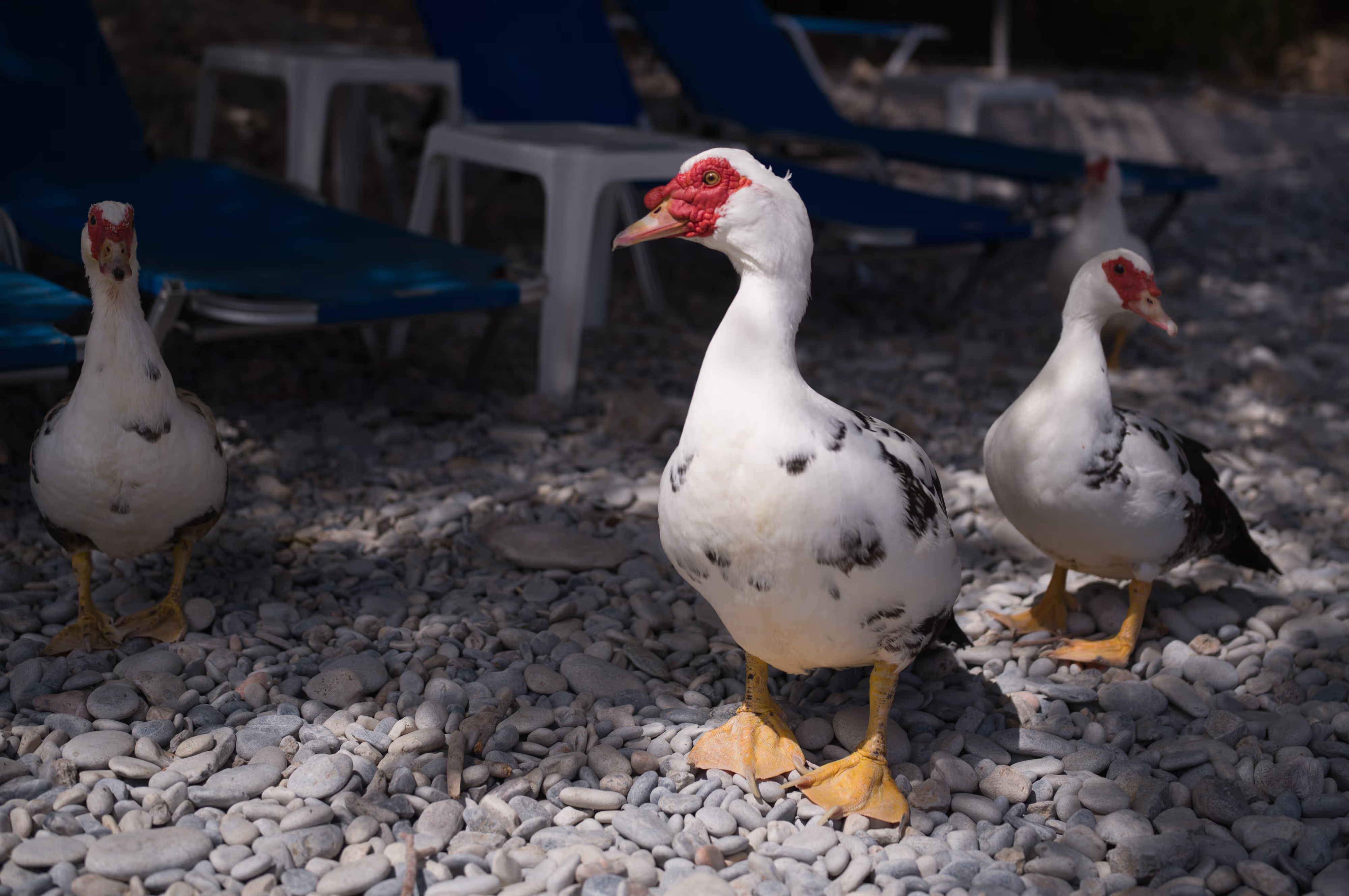
Beach Muscovies
Leica M EV1 with 35 APO Summicron
The same . . . . but different
So that whilst using the M EV1 is quite different from using a normal M, it is useful in different circumstances. Of course the image quality and the menus are all the same, so the obvious thing is to have both an M11 and an M EV1!
Although that sounds flippant, I do feel that the most important use of the M EV1 is as a second camera to use with wide angle and telephoto lenses alongside an M11.
At any rate I’m certain that it’s another brave experiment from Leica.
Whilst Christoph Mueller, the M product manager tells me that
“it’s not an experiment, but a bold and well-considered decision to expand the M experience”.
Hard to argue with that!
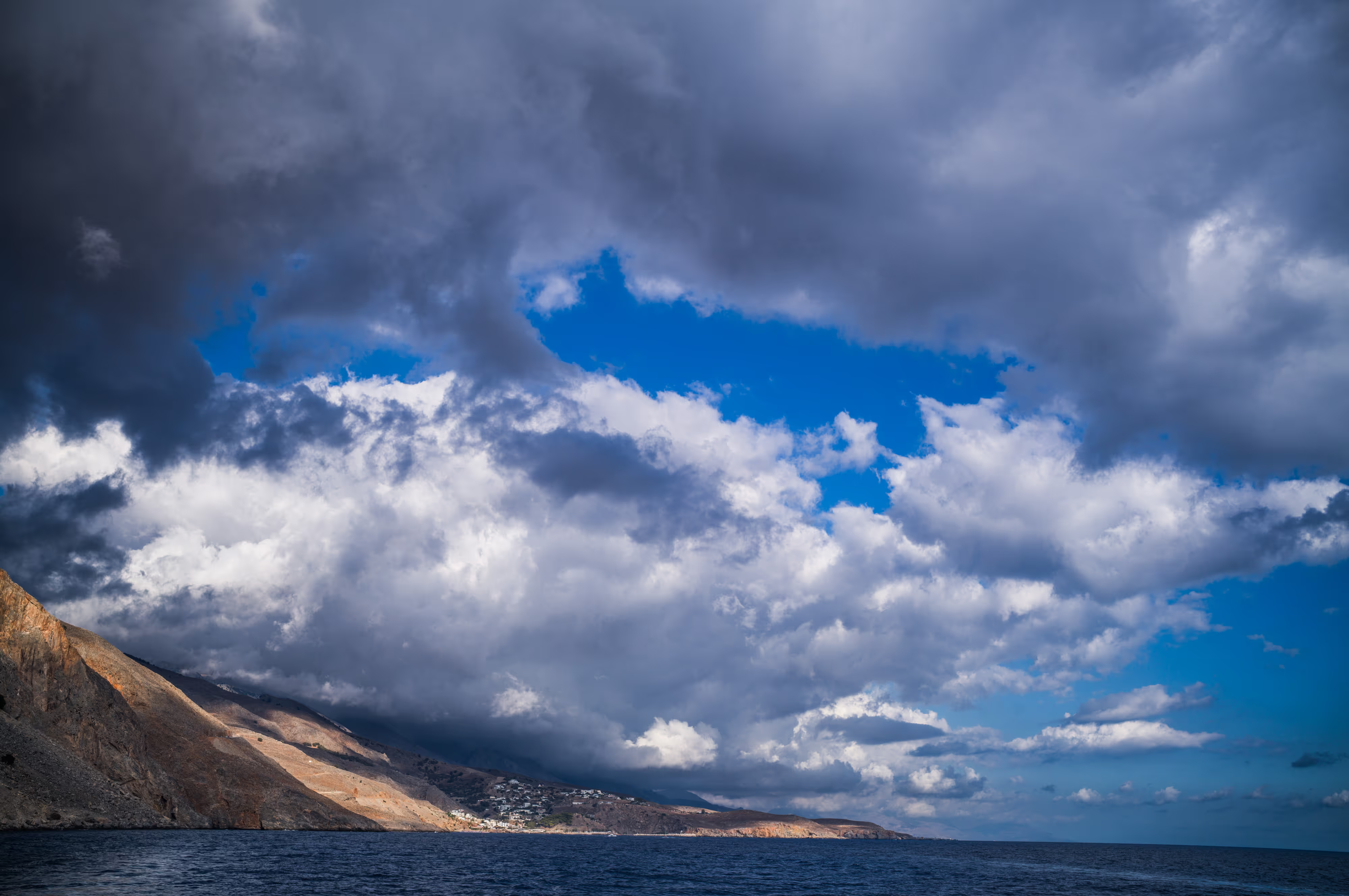
Sfakian skies
Leica M EV1 with 35 APO Summicron
Elsie is a camera which will be loved by lots of travel photographers as a primary camera and many more Leica photographers as a second camera.
It’s a great addition to the M portfolio, and a new chapter in the history of of the M, but of course, the rangefinder will always be at the heart of the M system, no matter what.
Refreshingly, it’s also a bit cheaper than an M11.
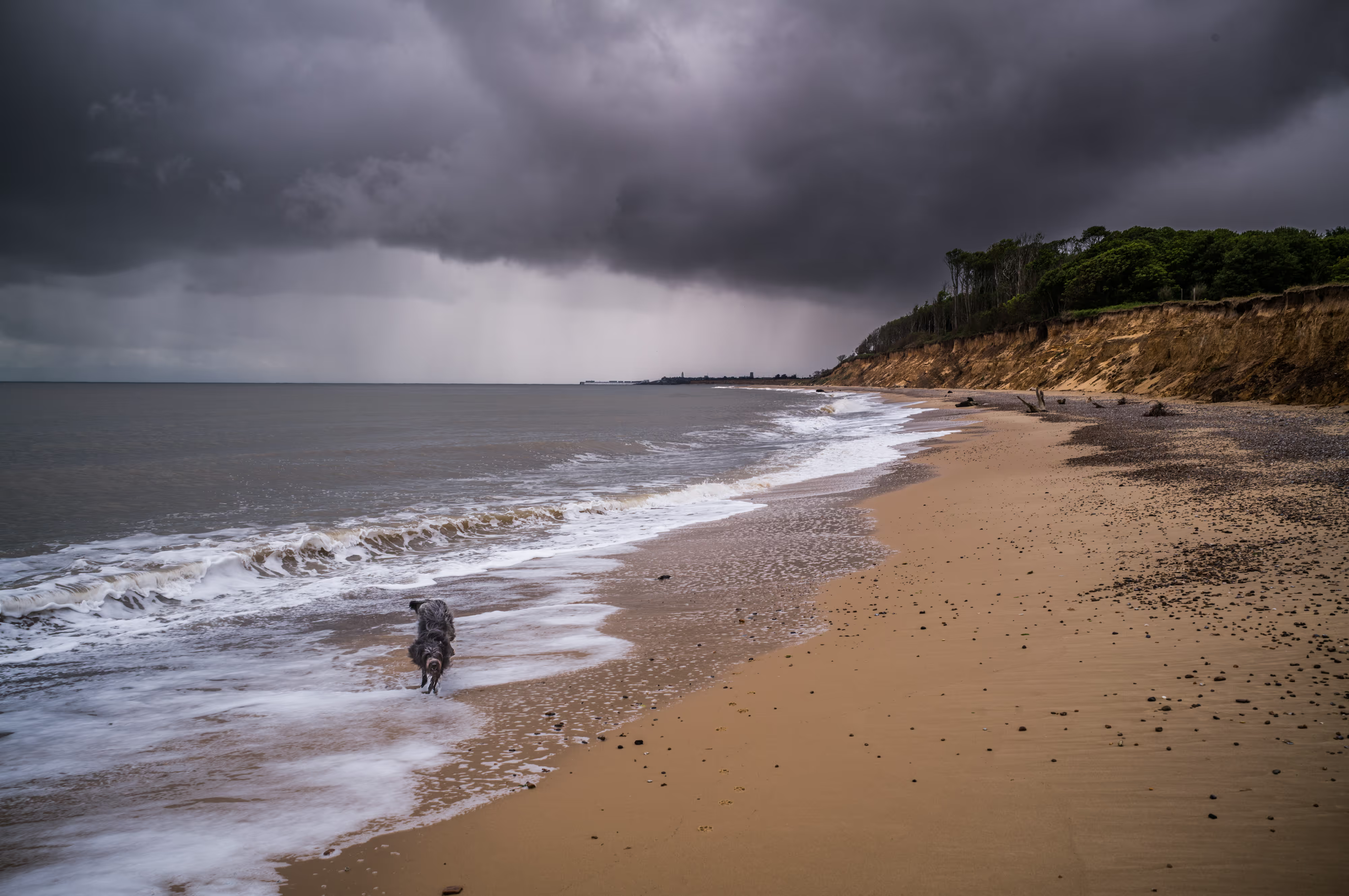
Back to the English weather!
Leica M EV1 with 35 APO Summicron
Acknowledgements
First of all, the bunch of great characters who have been arguing and joking about the M EV1 for the last six months - it’s been fun, and you have all contributed to this article in one way or another:
Elmar Streyl, Alex Uehlinger, Huw John, Siegfried Günther, Olivier Touron, Samuel Gillilan, Milan Swolfs and of course Leon Baumgardt; always the coolest compere!.

Fishing Tackle
Leica M EV1 with 75 APO Summicron
At Leica, Stefan Daniel has, as always been wonderfully helpful and enthusiastic. Christoph Mueller has put so much effort and attention to this project and if it’s a success then it will be very much a feather in his cap!
Thanks are also due to Marke Gilbert for helping me not to sound like AI!
Thanks to Evris Papanikolas for making the perfect M (and SL) straps (seen above)
Most important is Emma, who not only puts up with me testing the cameras and complaining about them, and complaining about having to sit down and write the articles, but also proof reads them, makes valuable comments and turns my ramblings into something sensible.
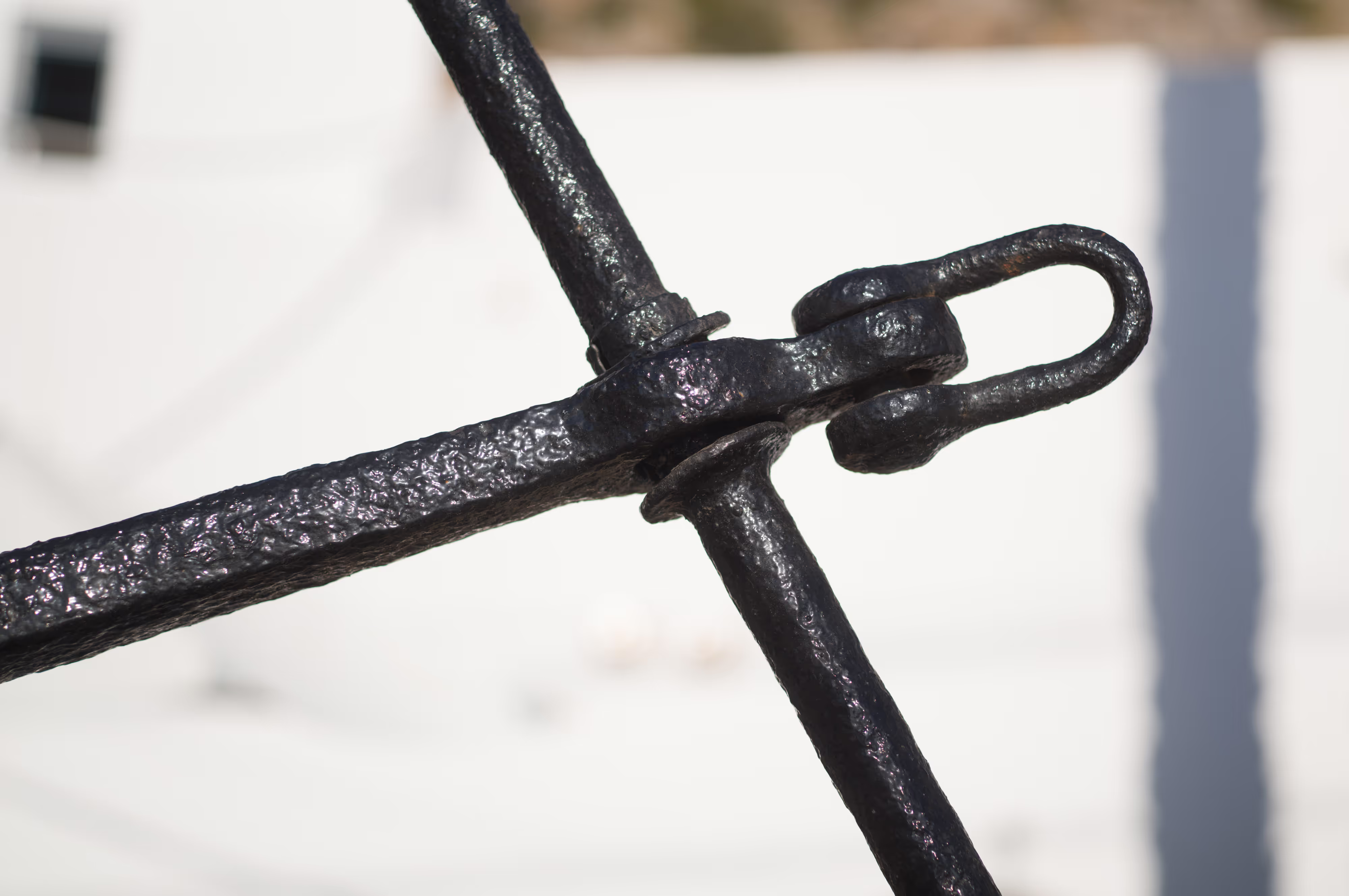
Tackle
Leica M EV1 with 75 APO Summicron
Links
You can find the link to Chats Chatterjee and Bill Rosauer's interview with Stefan Daniel here:
You can find Elmar Streyl's excellent report at the Leica User Forum
My old friend Sean Reid will also be publishing a review on release date, followed by a comparison of how challenging lenses perform on the M EV1 and the SL3 - well worth the price of entry!
Here is a link to the Rock & Roll Cigar Brown Riviera straps - just the softest and nicest straps for an M
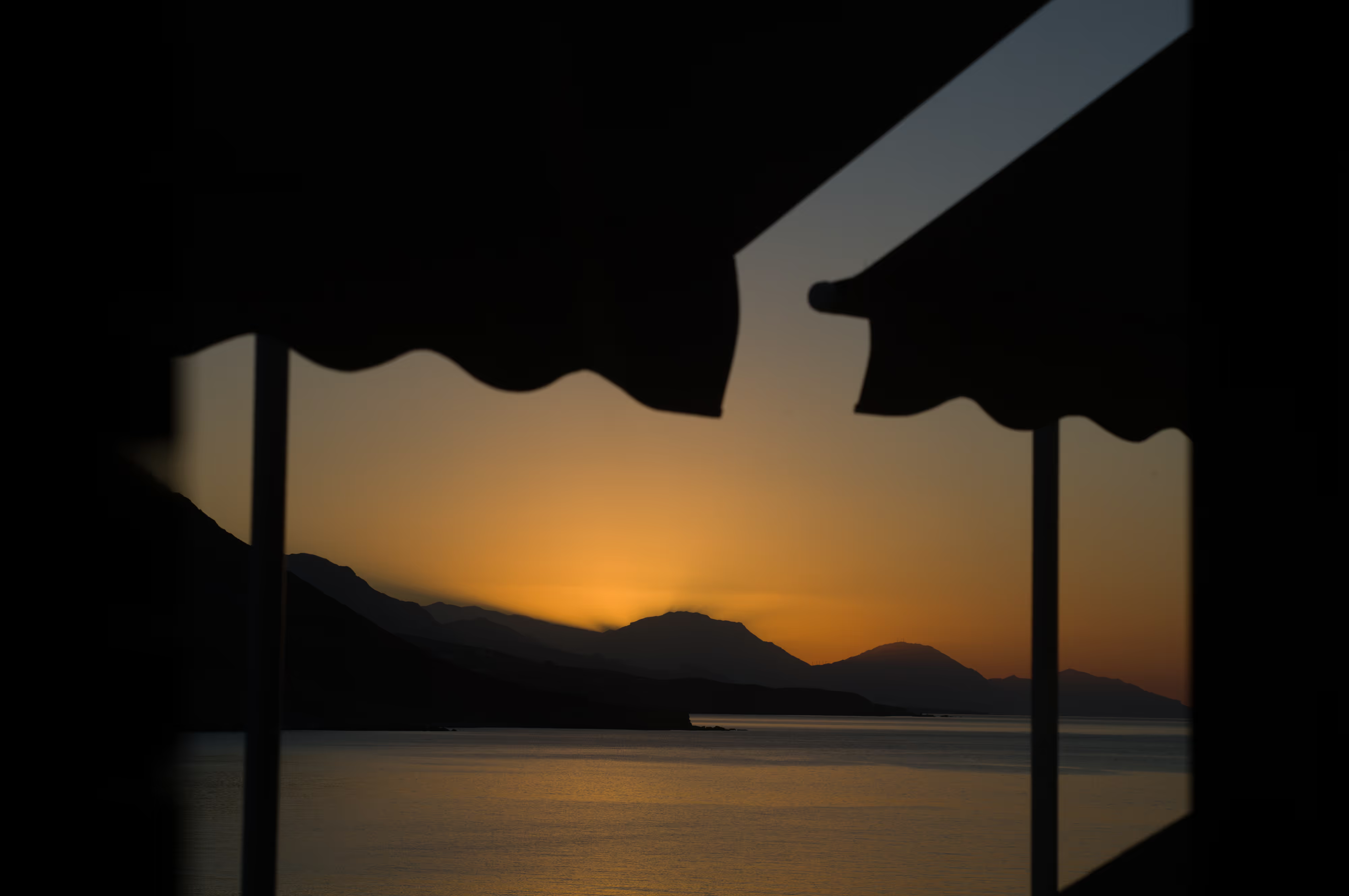
Sfakian Sunrise - see you next year!
Leica M EV1 with 75 APO Summicron
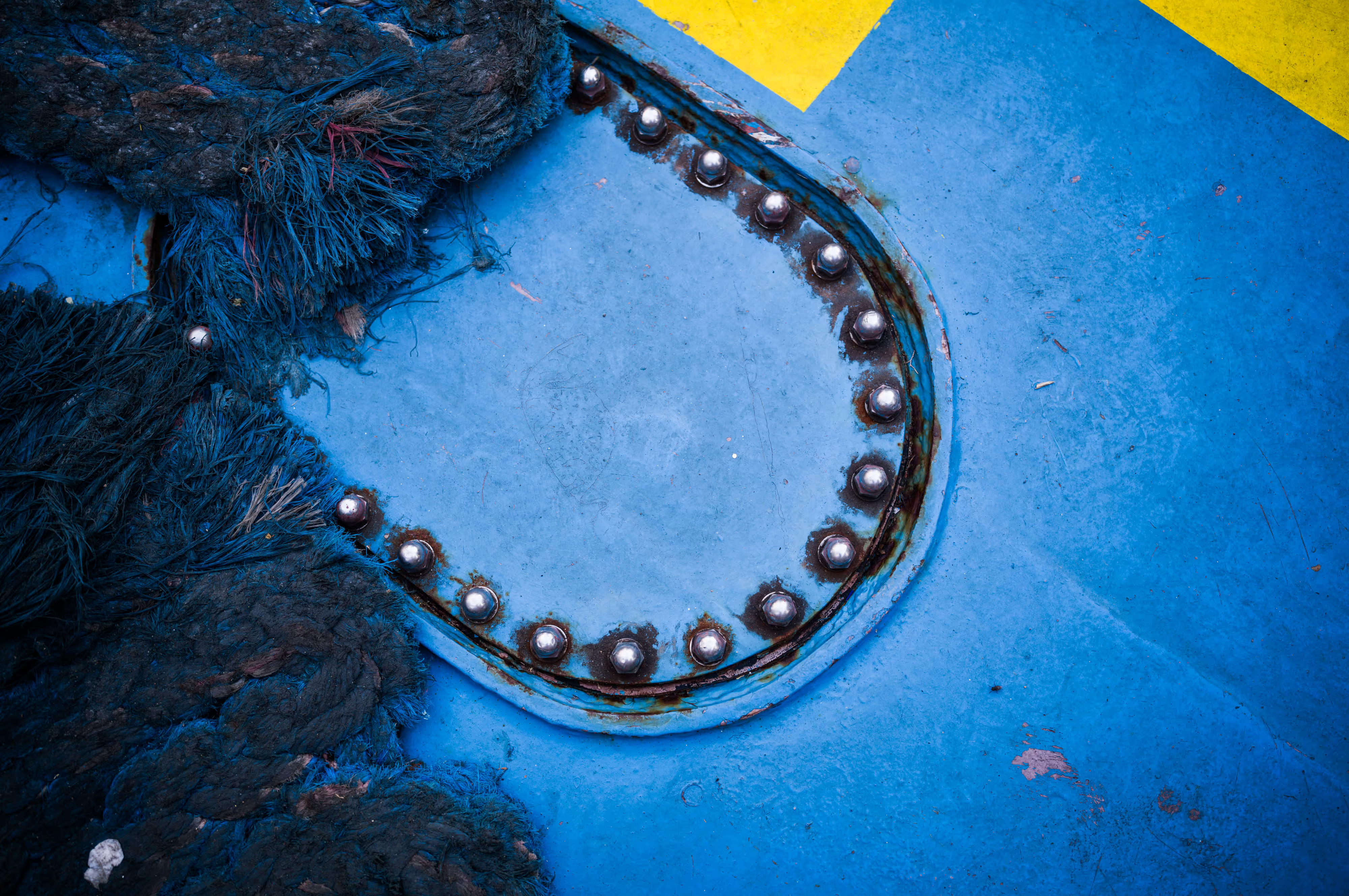
One for Ukraine
Leica M EV1 with 35 APO Summicron

Light at the end of the tunnel
Leica M EV1 with 35 APO Summicron

Loutro at Night
Leica M EV1 with 75 APO Summicron
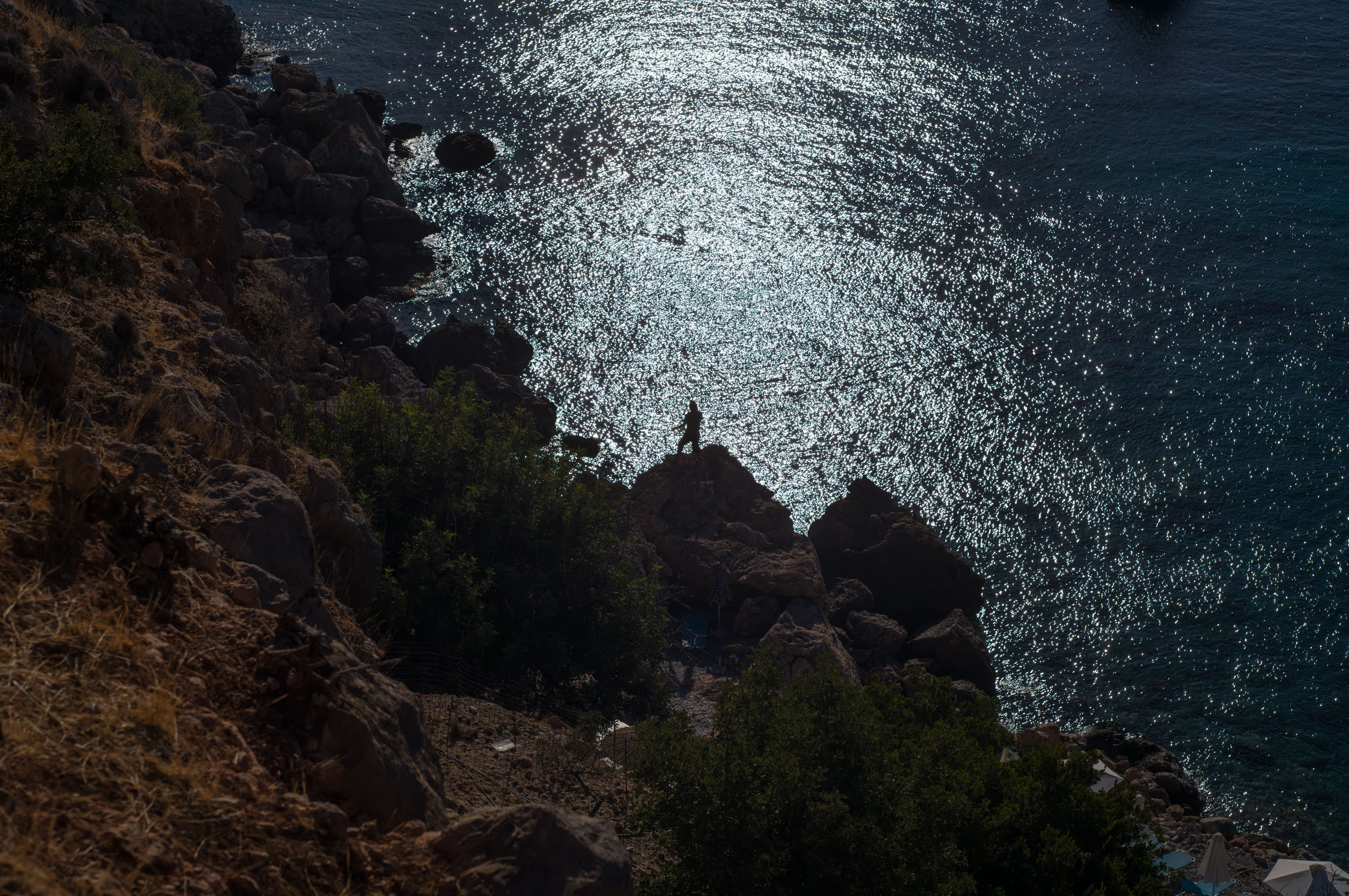
The Goatherd
Leica M EV1 with 75 APO Summicron
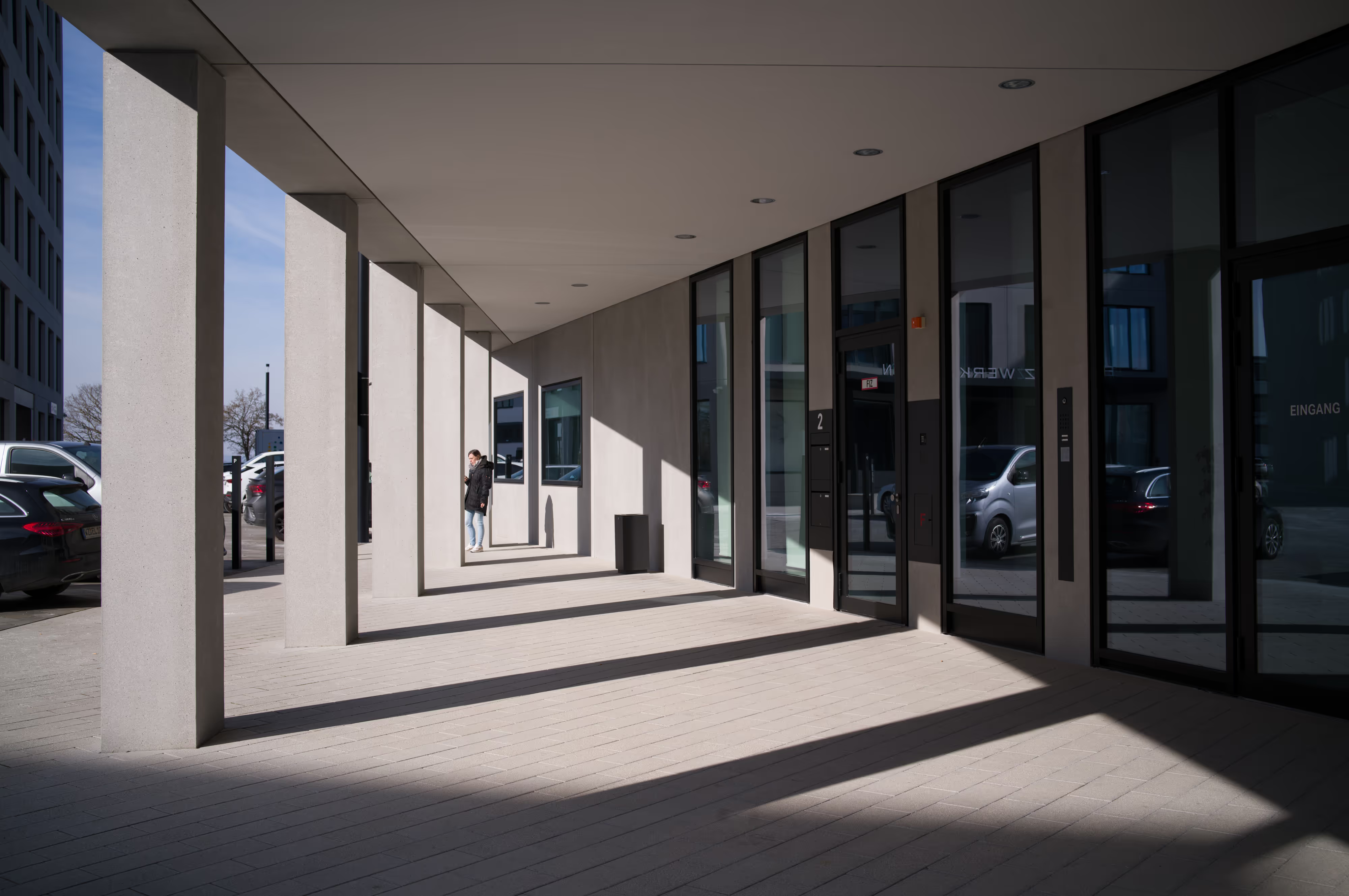
The Mothership
Leica M EV1 with 35 APO Summicron
Jonathan Slack has been testing cameras for Leica since 2009, he has also been writing about them, and all the old articles can still be found on this website (maybe an index is coming!).
Jonathan Slack's duty of care is to Leica, and whilst he would never omit something he considered important, nor say anything he didn't consider to be true, it is worth remembering this when reading these articles.
There are no adverts, no click bait and nobody (Leica or anyone else) pays for these articles to be written. This is in an attempt to remain objective and not to be distracted by the hunt for clicks.
Jonathan Slack is also a member of the board of LSI (Leica Society International).
Click on the Leica Society logo below to look at the Leica Society International website where you can find a huge resource of Leica material and join the society to learn more about Leica and photography and to meet up with like minded people.





















































